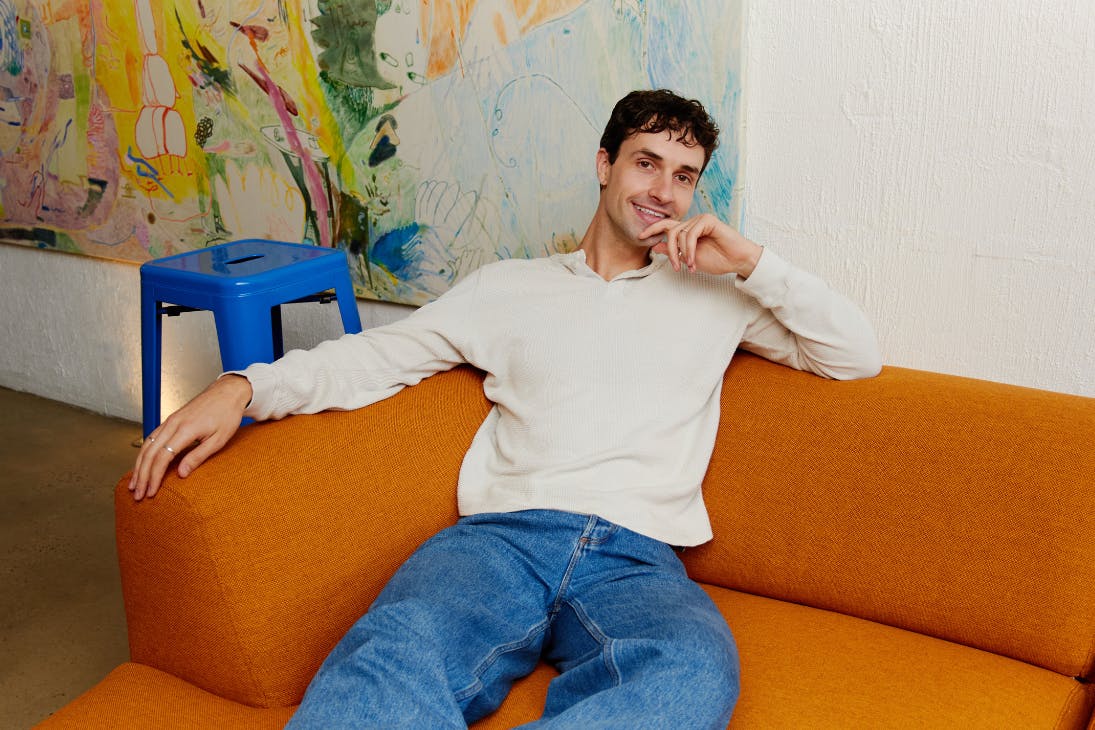
Urban List Guide To Melbourne
Discover the best of Melbourne—where to eat, drink, explore and escape, plus local news and cultural must-reads, all curated by Urban List.
News
See All.jpg?auto=format%2Ccompress&fit=crop&ar=3:2&w=340)
It’s Big, It’s Loud, It’s Kosher & It’s Absolutely Bananas, Shelly Is A Feast For The Senses

All Aboard! Melbourne’s Metro Tunnel Pulling Up A Year Ahead Of Schedule

Lady Gaga Melbourne: Set Times, Setlist, And Everything You Need To Know
Features
See All
These 17 Sustainable Gifts Are Your Answer To Conscious Gift Giving

The World As A Studio: Sophie Coote On How SIR. Finds Its Stories In Cities, Textures And People

Lobster Rolls And Long Island Beaches: How Artist Pam Hendry Resets In New York State
Best Of Melbourne
See All
What’s On: Ditch The Clubs, This Sober Sauna Rave Comes With All The Dating Prospects You Need

10 Of The Best Luxury Stays On The Mornington Peninsula For A Beach-Side Weekend Away

15 Of The Best Beach House Stays In Victoria For 2025
Things To Do
See All
Your Guide To Euro-Style Road Trippin’—Minus The Long-Haul Flight

PSA: This No Lock-In Contract Gym Is Set To Open 14 New Locations This Year
.png?auto=format%2Ccompress&fit=crop&ar=3:2&w=340)
8 Reasons To Book Air New Zealand’s Epic Cyber Week Sale
Food + Drink
See All
Blackbird Melbourne Has Officially Landed: Inside Flinders Lane’s Newest Steak Spot
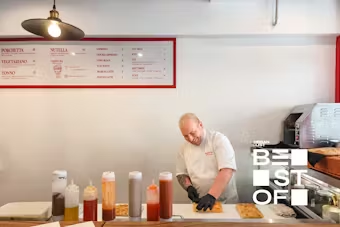
Now Open: The Best New Restaurants, Bars And Cafes In Singapore

Celebrate 500 Years Of Disaronno: Melbourne’s Exclusive Cocktail Experiences For The Iconic Amaretto
Local Escapes
See All
These Stunning Victorian Escapes Deliver Euro Energy Without The Jetlag

16 Of The Best Luxury Melbourne Hotels To Splash Out On (Updated 2025)
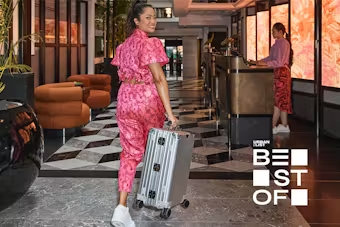
The Best Hotels In Singapore Worth Booking In 2025
Urban List Guides
- Australia
-
New Zealand
- New Zealand
- Auckland
- Christchurch
- Wellington
- Queenstown (soon)
- Asia
- Rest of the world
Rest Of The Best

Drinkable Dubai Chocolate Brings Serious Decadence to Beaumaris’ New Dessert Bar

26 Of The Best Gifts For Kids Of Every Age And Stage
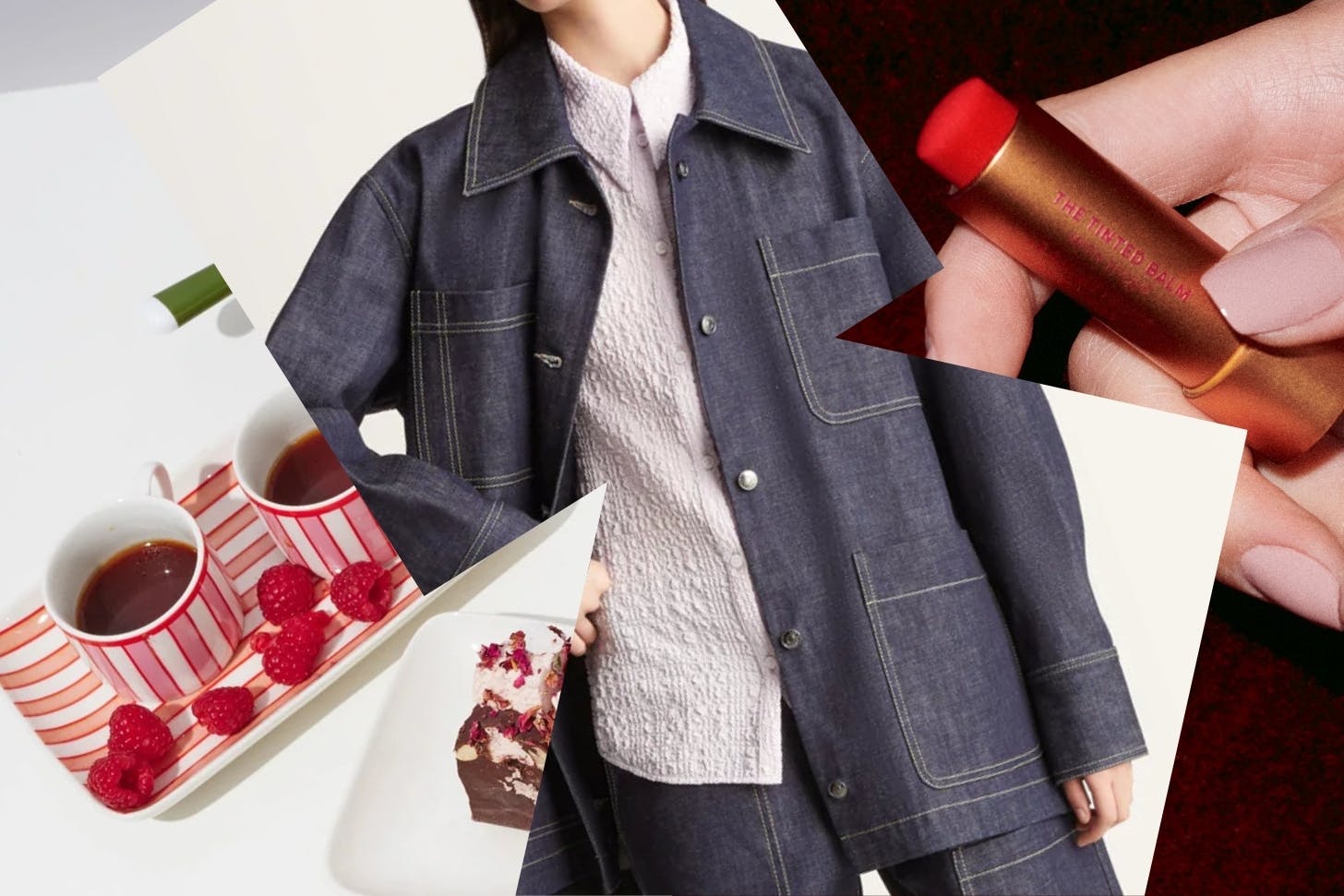
Gifts For Her: 35 Dreamy Presents To Impress In 2025
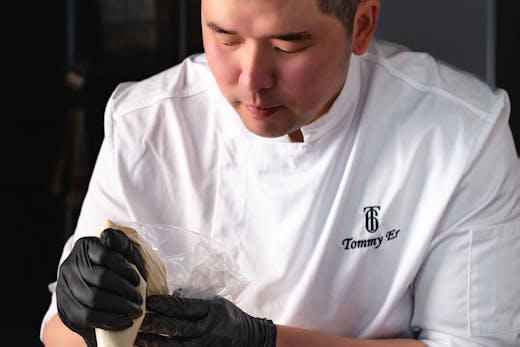
T6 Patisserie
You can find possibly the world’s best curry puff at a tiny Eurasian bakery in Carnegie. The delicately spiced potato, wrapped in a perfectly laminated pain suisse pastry, is just the start of their offering.
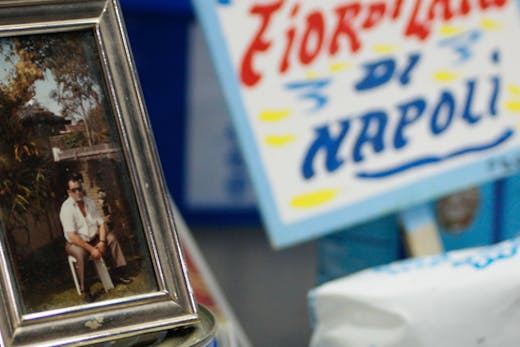
Bruno Fine Foods
Bruno Fine Foods is your favourite Italian restaurant's favourite food and beverage supplier.
.jpg?auto=format%2Ccompress&fit=crop&ar=3:2&w=520)
Molli
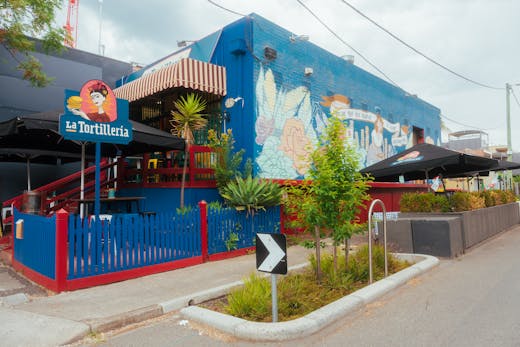
La Tortillería
Step into the heart of warm Mexican food culture at La Tortillería, a traditional yet casual eatery where soulful, bona fide flavours take centre stage. From hand-pressed tortillas to housemade salsas, every dish is a humble homage to Mexico’s rich culinary heritage.

15 Gifts For Her That Are All Killer, No Filler
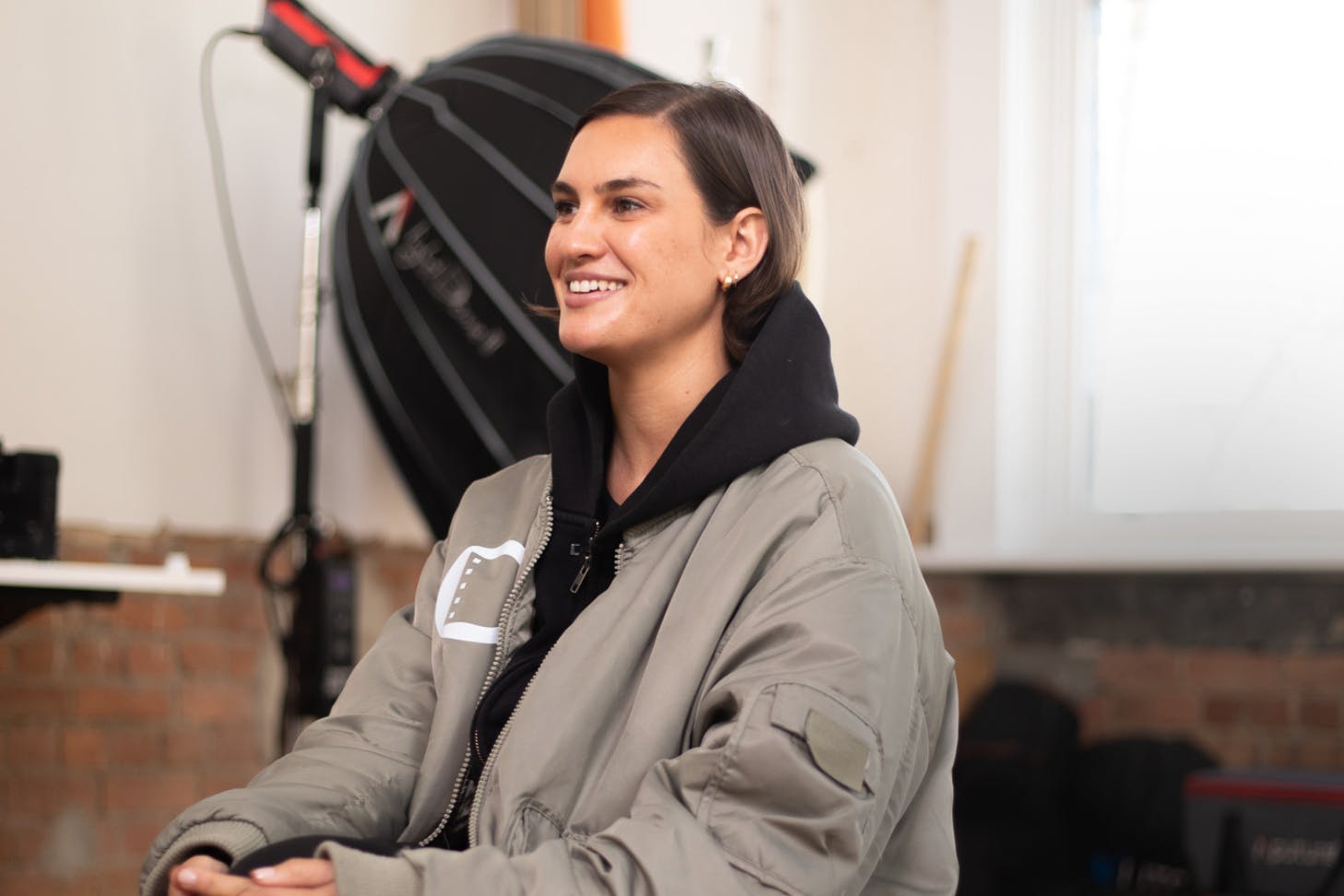
Behind The Camera With Sianna Catullo: The First Nations Filmmaker Creating More Pathways For Mob

Alpha Ouzeri’s Northern Greek Meze Feast Makes A Comeback In Brunswick
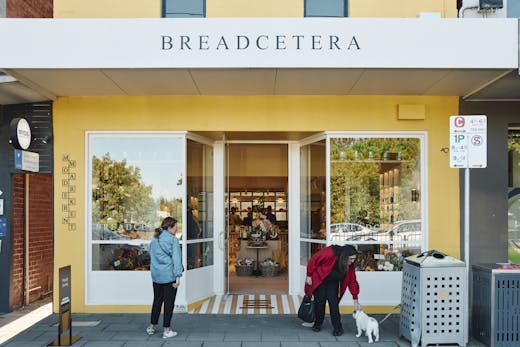
Breadcetera
From the team behind beloved suburban gems Riserva, Baia Di Vino and Lucia comes Breadcetera—a fresh neighbourhood concept where daily essentials meet delightful discoveries.
.jpg?auto=format%2Ccompress&fit=crop&ar=3:2&w=520)
O’Connell’s
South Melbourne institution O’Connell’s—slinging pints since 1873, has scored the esteemed head chef Aaron Brodie (ex-Oakridge) and his signature woodfire cooking, produce-first approach.
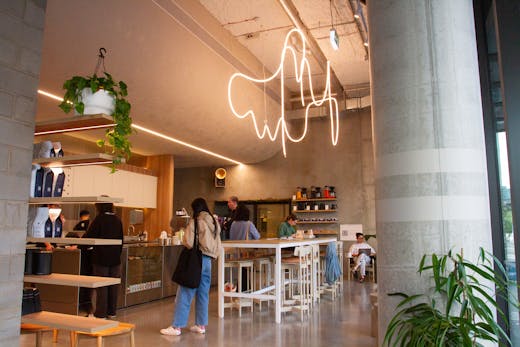
Rumble Coffee Roasters
Rumble Coffee Roasters has officially opened the doors to its new espresso bar in the heart of Kensington, marking an exciting new chapter for the Melbourne-based specialty roaster.
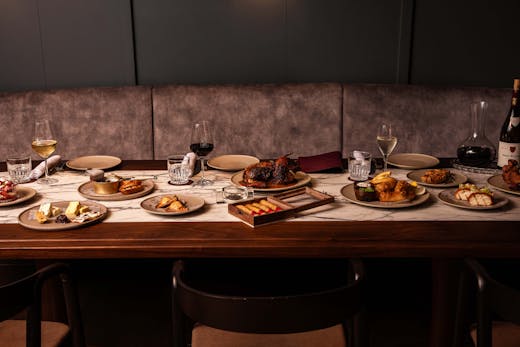
Castlerose
Quirky cocktails, confit duck cigars and a roaming vintage cheese trolley are all on the cards at this intimate, subterranean art deco supper club.
.jpeg?auto=format%2Ccompress&fit=crop&ar=3:2&w=340 340w)
Lygon Street’s Future May Be Less Italian, But It’s Still Packed with Flavour
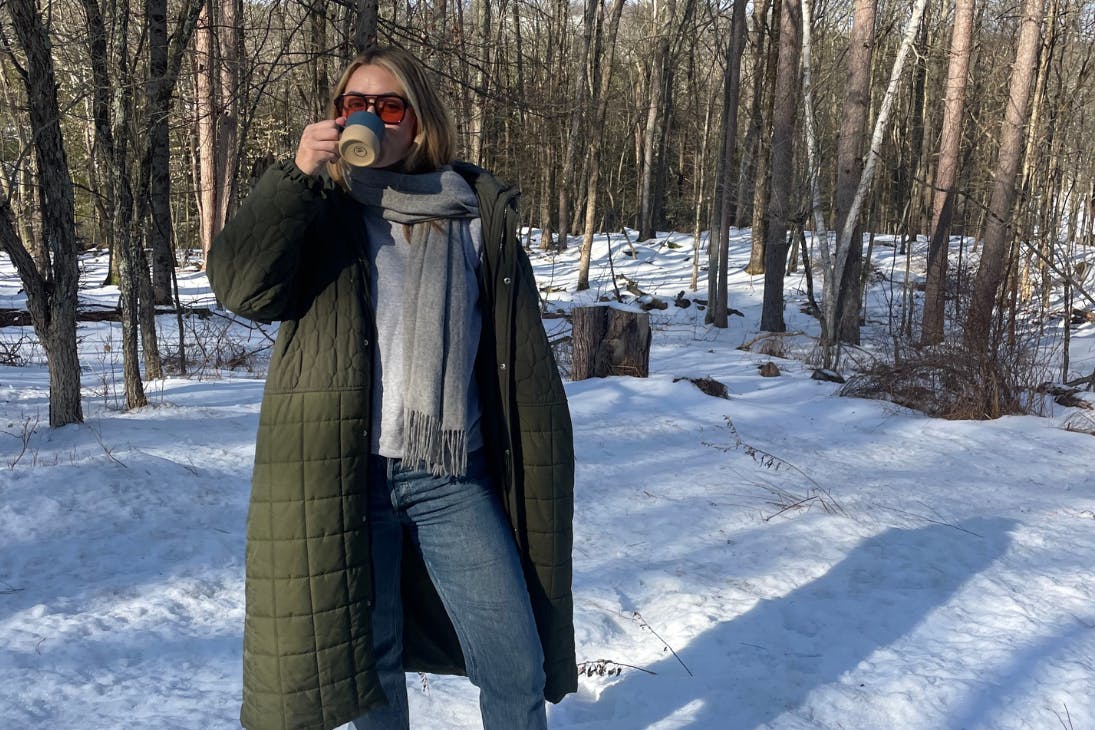
Trout Dip And River Tubing: How Model Katie Muirhead Unwinds In New York State
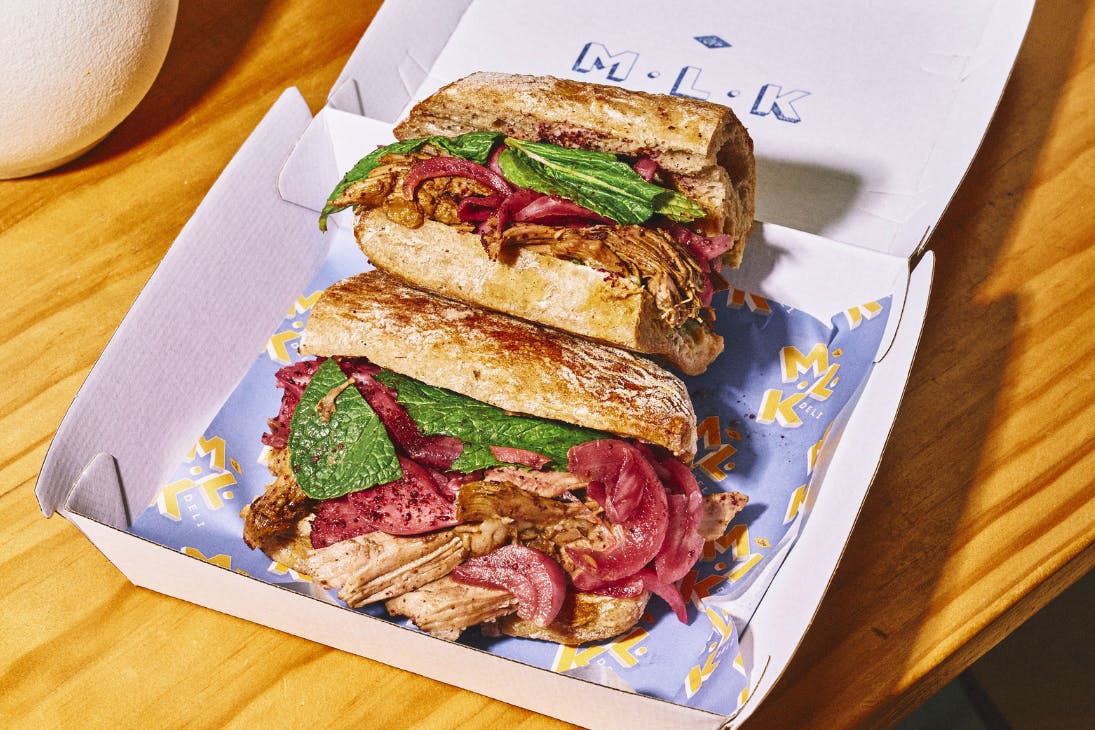
The Secret’s Out: A Fresh Batch Of Venues Are Serving Exclusive Dishes For The Month Of November

LKF Bar
Inspired by Lan Kwai Fong in Hong Kong, LKF Bar radiates everything the world-famous nightlife district is known for: food, booze, music and a big, big energy. Think private karaoke bar meets delicious dining experience.

OnAir
If you've been watching the ever-growing trend of coffee shop DJ sets with eager eyes, you'd better get down to Cremorne's newest venue OnAir.
.jpg?auto=format%2Ccompress&fit=crop&ar=3:2&w=520)
Yugen Tea Bar (YTB)
Adorable fish-shaped waffles, Matilda-inspired chocolate cake, and an Oriental Bloody Mary... If the perfect Asian-inspired brunch exists, it's got to be this.
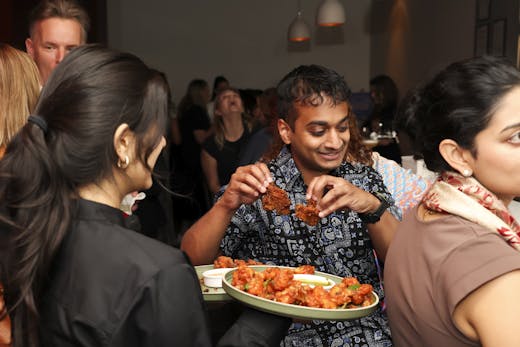
Chapati & Daaru
Chapati's new Crossley Street home continues its reign as one of the city's most vibrant modern Indian kitchens, but it's the daring upstairs addition—Daaru cocktail bar—that's really setting tongues wagging (and burning). This dynamic duo delivers a complete spice experience, from street food to cocktails, under one roof.
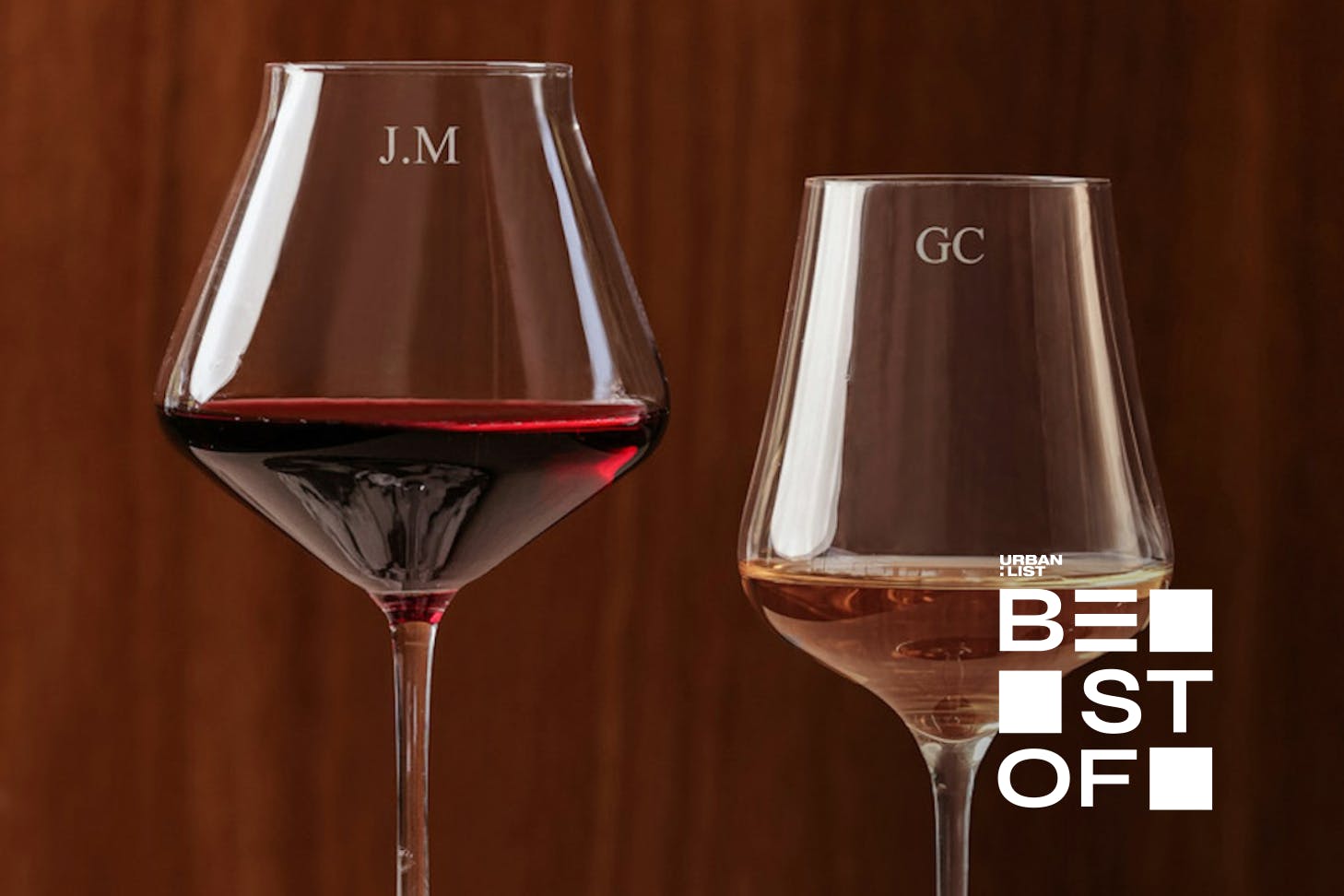
17 Affordable Luxury Gifts To Give Someone Special In 2025
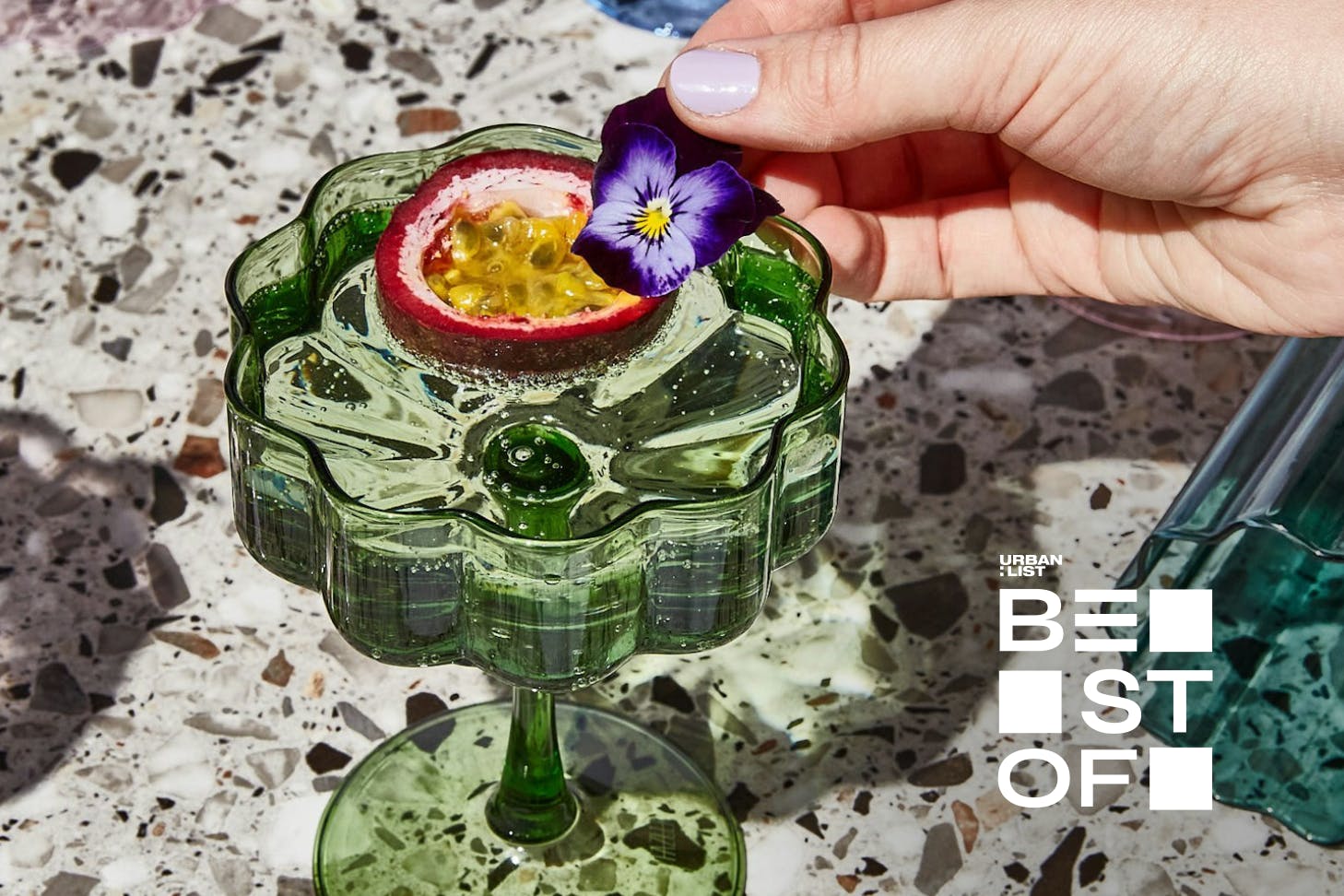
19 Homeware Gifts That Are Perfect For Your Decor-Loving Pals

16 Secret Santa Gifts Under $50 That Are Actually Epic

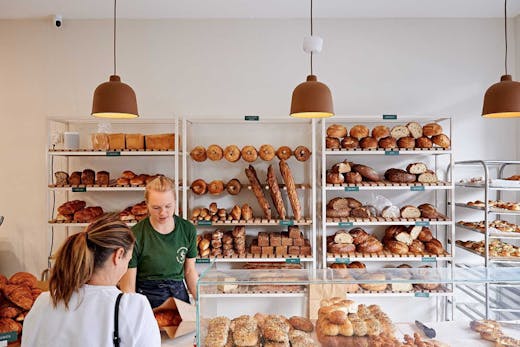
Little Sister Bakery
We don’t want to be dramatic but if we could only live off one food group for the rest of our lives, it would be carbs from Little Sister Bakery.
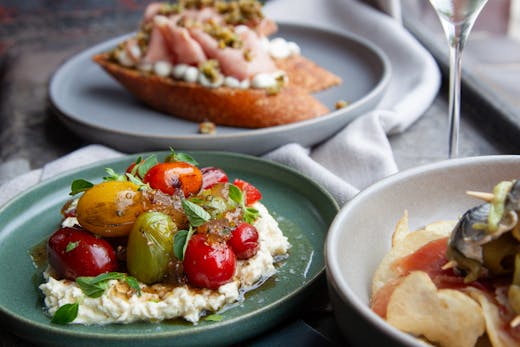
Woolstore
Nestled in the heart of Geelong's Newtown, Woolstore offers a unique and inviting dining experience within a century-old woolstore building. This exciting venue brings together the talents of the team behind the Federal Mills precinct and the culinary brilliance of award-winning head chef Eli Grubb.

Agathé Pâtisserie Petite
The city's smallest bakery (well, distributor of baked goods at least) Agathé Pâtisserie Petite has grown into a bigger space, but still in Royal Arcade.

High-End Kiwi Cuisine, Coast To Coast: The Itinerary Defining New Zealand’s Culinary Golden Era

The Ultimate Local Guide To Christmas In Melbourne
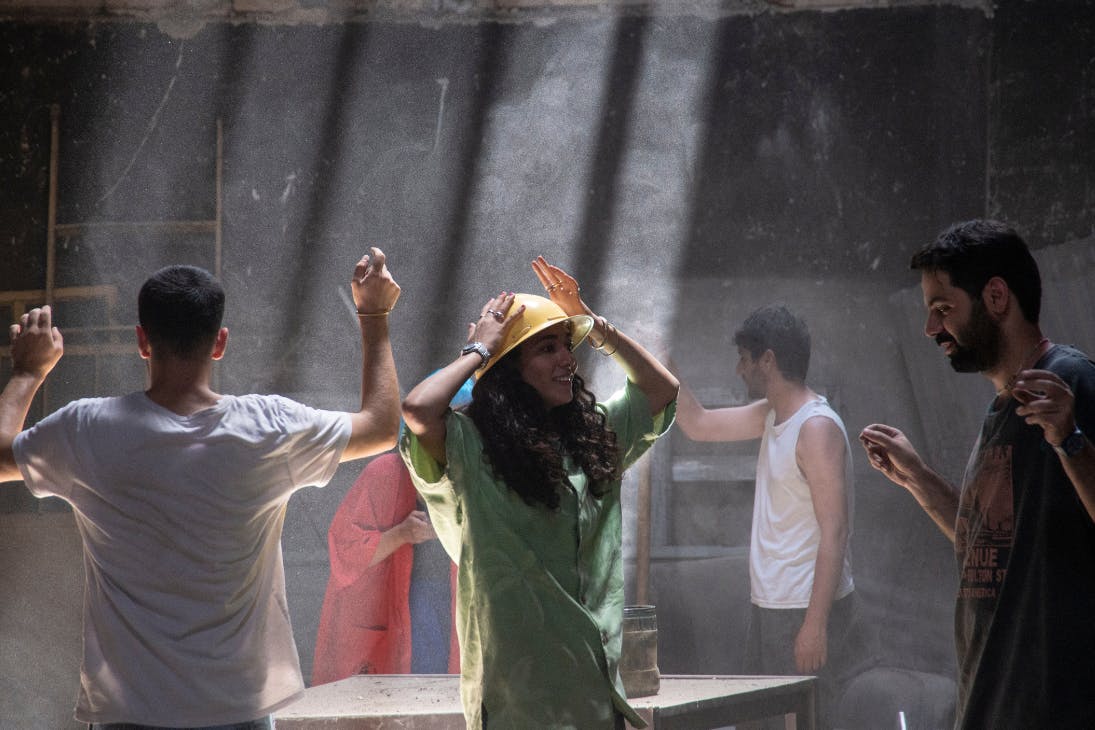
Melbourne Queer Film Festival Is Back With Celebrity Guests, Primo Parties And Future Camp Classics
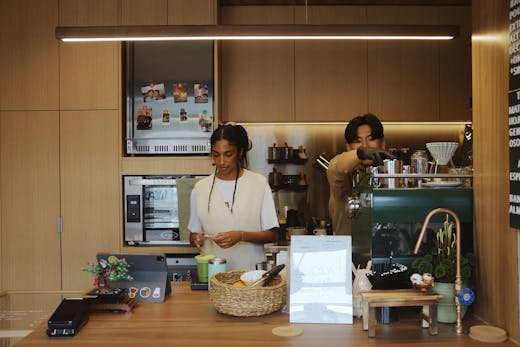
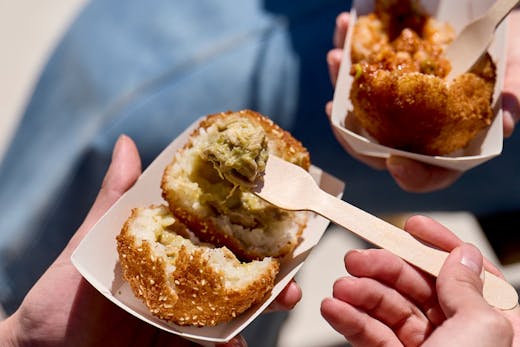
Melbourne Arancini
For an authentic taste of Italy—the kind Nonna would be proud of—make tracks to Melbourne Arancini.

Gracie’s Wine Room
This South Yarra wine bar built a cult following before its first pour, and we'd say the highly anticipated wait has been worth it.

Bang Bang St Kilda
Bang Bang is a certified banger. The bustling hawker-style Pan Asian restaurant is bold, fun, and not pretentious in any sense of the world. The crew have done such a good job with their vibrant dishes that they've gone and done it again, opening a third location.

14 Gifts For Him That Are Straight-To-The-Pool-Room Worthy
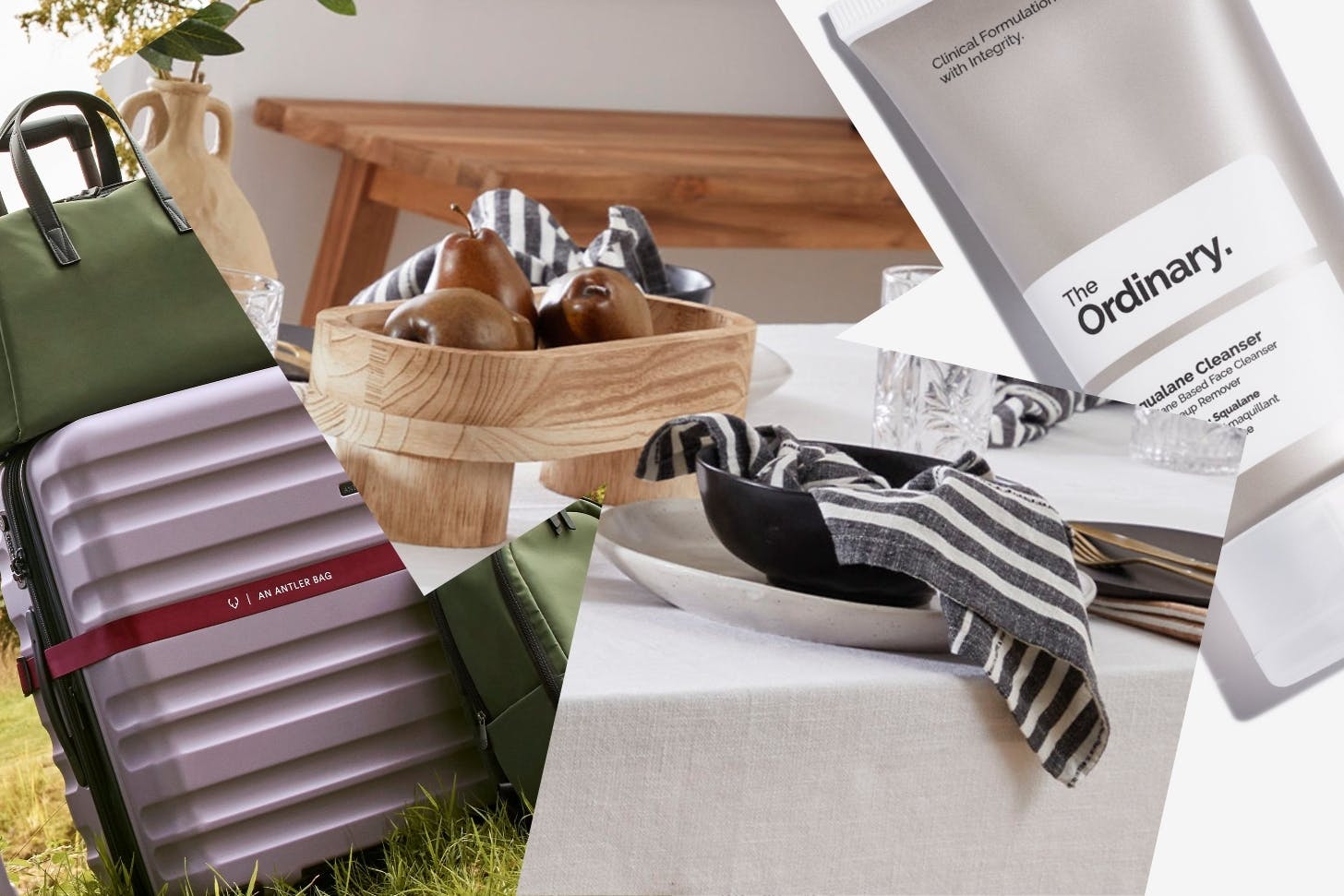
The Best Black Friday And Cyber Monday Early Deals (2025)

Seoul Travel Guide 2025: Best Eats, Sights & Hidden Gems
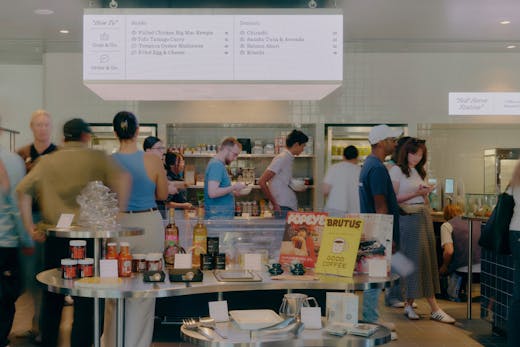
Suupaa
Suupaa is where convenience meets culinary creativity—consider Japanese konbini vibes with a Melbournian twist. The latest venture from the visionaries behind Future Future, this quirky little spot is redefining the “grab-and-go” experience.
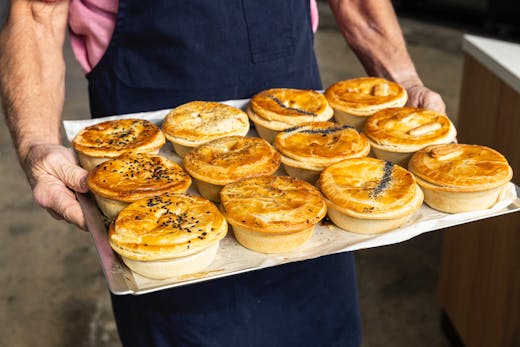
Miss Amelie’s Gourmet Pies
Get 'em while they’re hot! Miss Amelie Gourmet Pies has expanded its Melbourne presence with a new location at the historic Queen Victoria Market, offering pie lovers a taste of their award-winning creations.
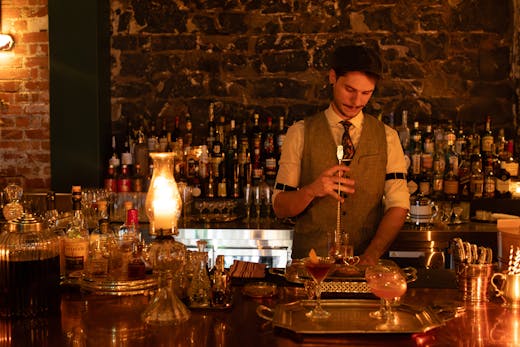
Mill Place Merchants
Finally, somewhere that serves a Dirty Martini as it should be—on a silver platter. This speakeasy bar will transport you back into another century, the hardest part is just finding it.
.jpg?auto=format%2Ccompress&fit=crop&ar=3:2&w=520)
Barragunda Dining
This farm to table restaurant set in the rugged, wild beauty of Cape Schanck on the Mornington Peninsula is bringing a whole new dimension to destination dining.

Gifts For Mum: 39 Awesome Presents She’ll Actually Love
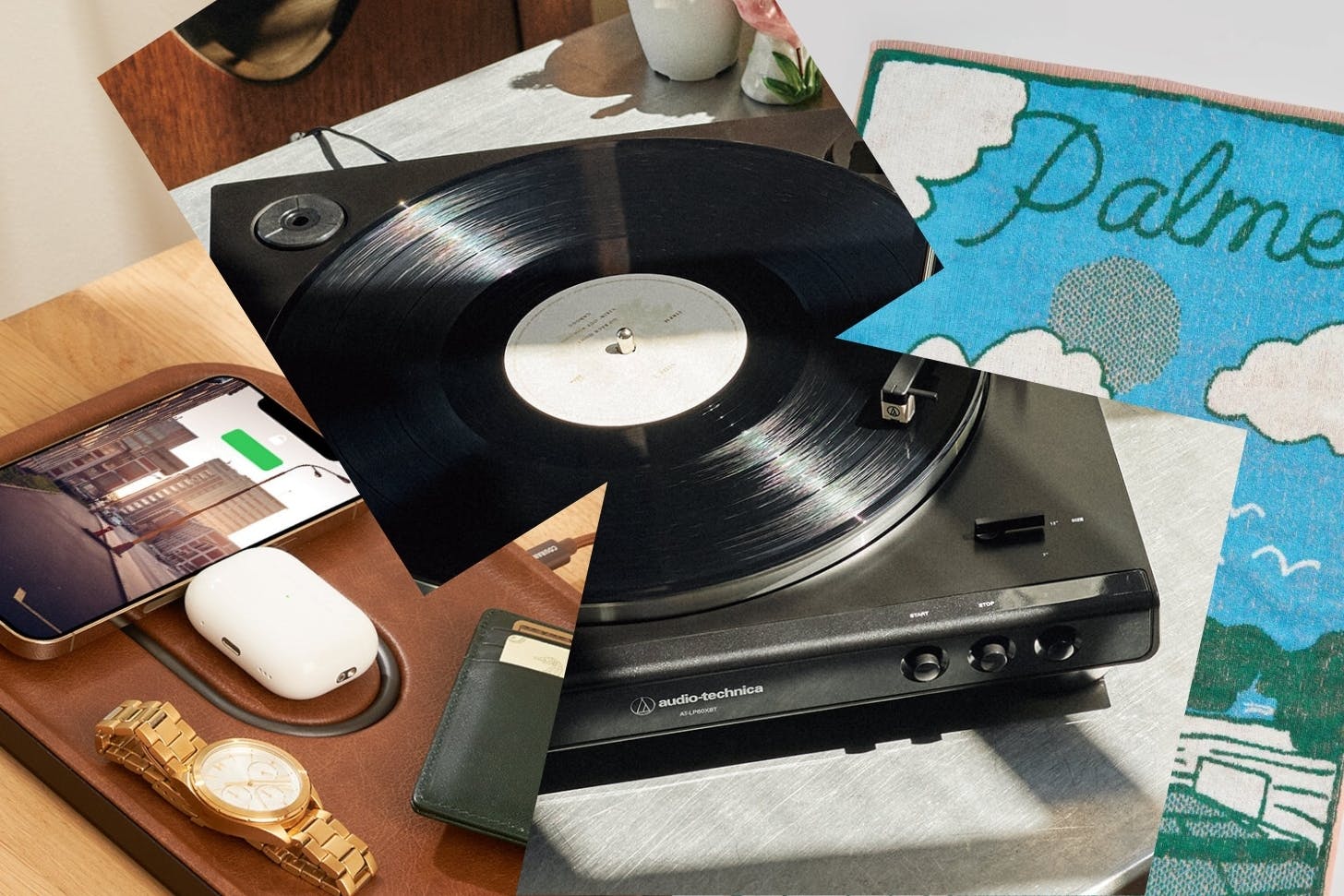
Make Father’s Day Fabulous With 27 Of The Best Gifts For Him
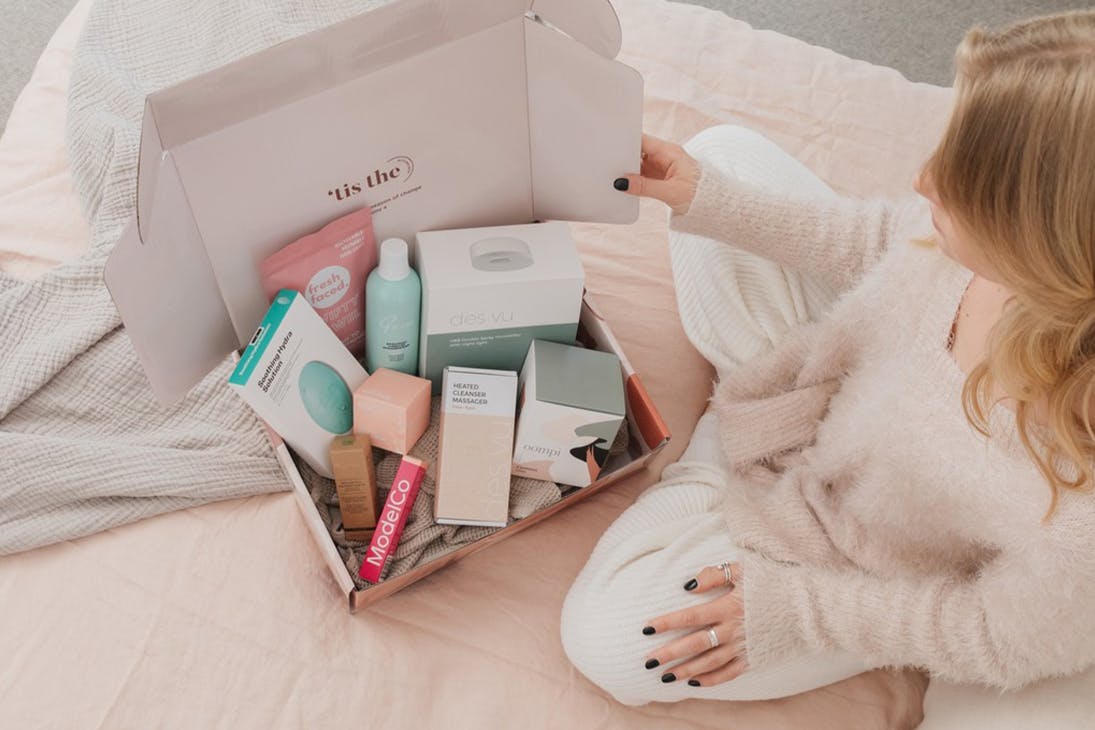
Give Someone A Little Self-Care With This Gift Guide For All Things Beauty And Wellness
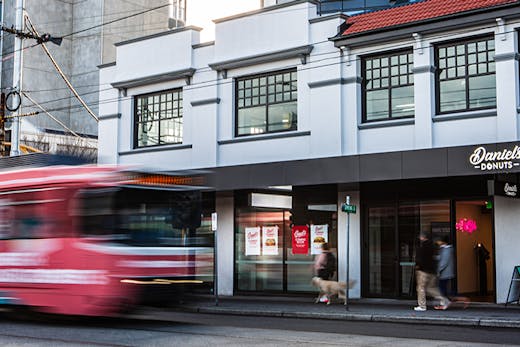
Saul’s Sandwiches | Elsternwick
We said it once but we’ll say it again—we’re not sure when Saul’s will stop opening new stores, but we’re absolutely not complaining if we saw that iconic logo on a corner of every Melbourne suburb.
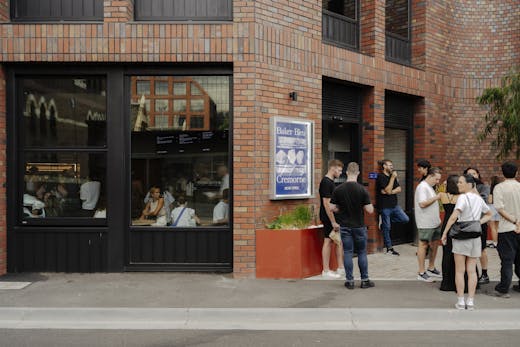
Baker Bleu
Is Baker Bleu the return of the neighbourhood bakery? With their third location in Cremorne, we might just be feeling that little bit extra European here in Melbourne.

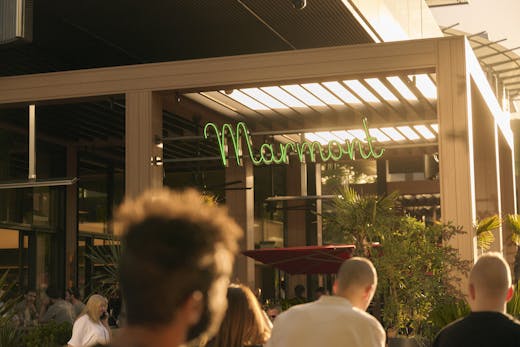
Marmont
This new everything venue on the Crown River Walk is the perfect spot for just that: everything. Marmont, heavily inspired by Los Angeles in both decor and menu is a little slice of SoCal on Southbank.
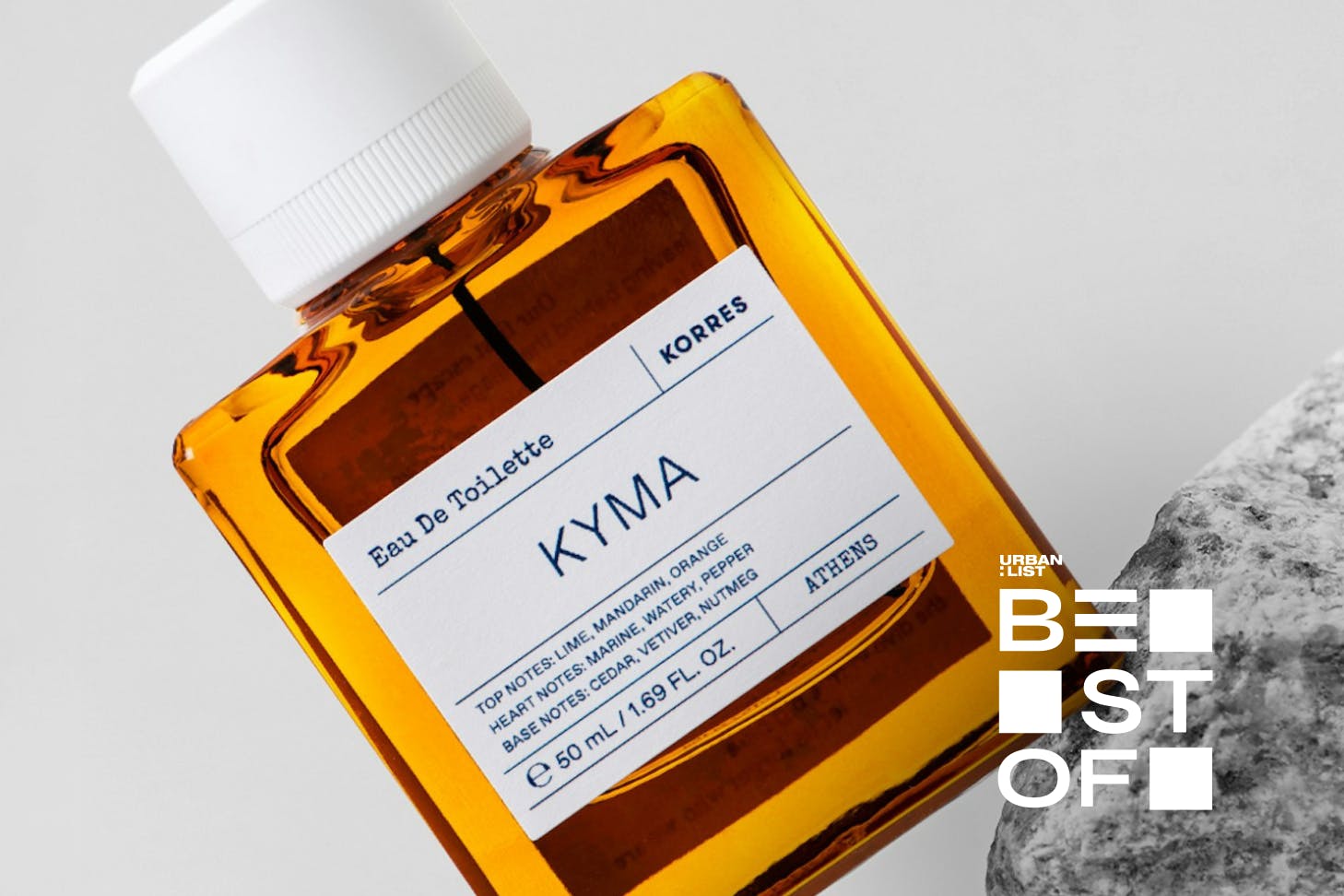
24 Of The Best Beauty Gifts To Shop For Christmas 2025

17 Gifts For Mum She’ll Be Stoked To Open This Christmas

From Pristine Beaches To Cultural Cookouts, This Island Paradise Is Even Better Than The Maldives
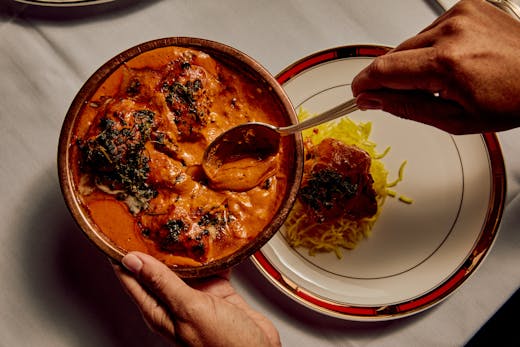
Kolkata Cricket Club
The latest venue by Toddy Shop’s Mischa Tropp is modelled after old school Bengali cricket clubs and members bars in India and is serving up up astutely spiced curries and a moody atmosphere that’s perfect for everything from dates to catch-ups or family feasts.
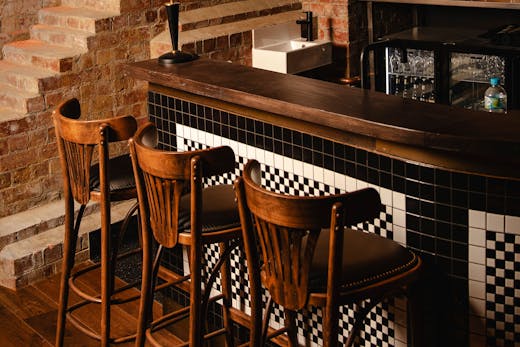
Miss Gunn’s
Beneath Flinders Street Station you’ll find this mysterious yet timeless basement bar oozing with old world charm.
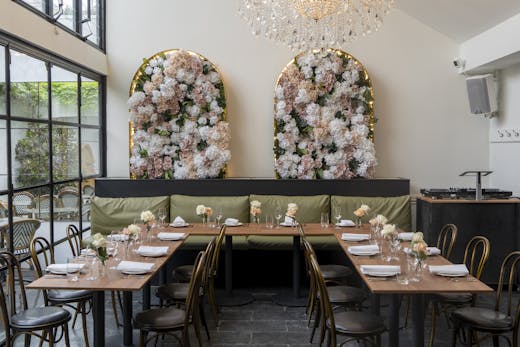
Mr L’s
This little New York-coded diner on Toorak Road giving big Great Gatsby vibes is the spot for a cheeky mid-week meal out or a terrace cocktail.
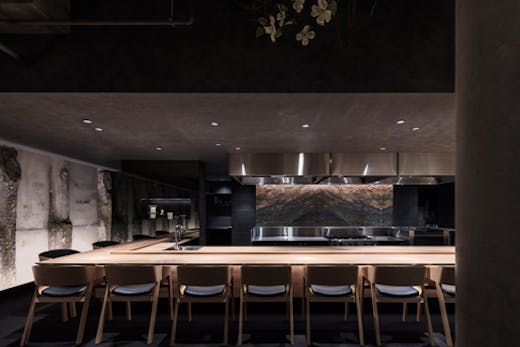
Ishizuka
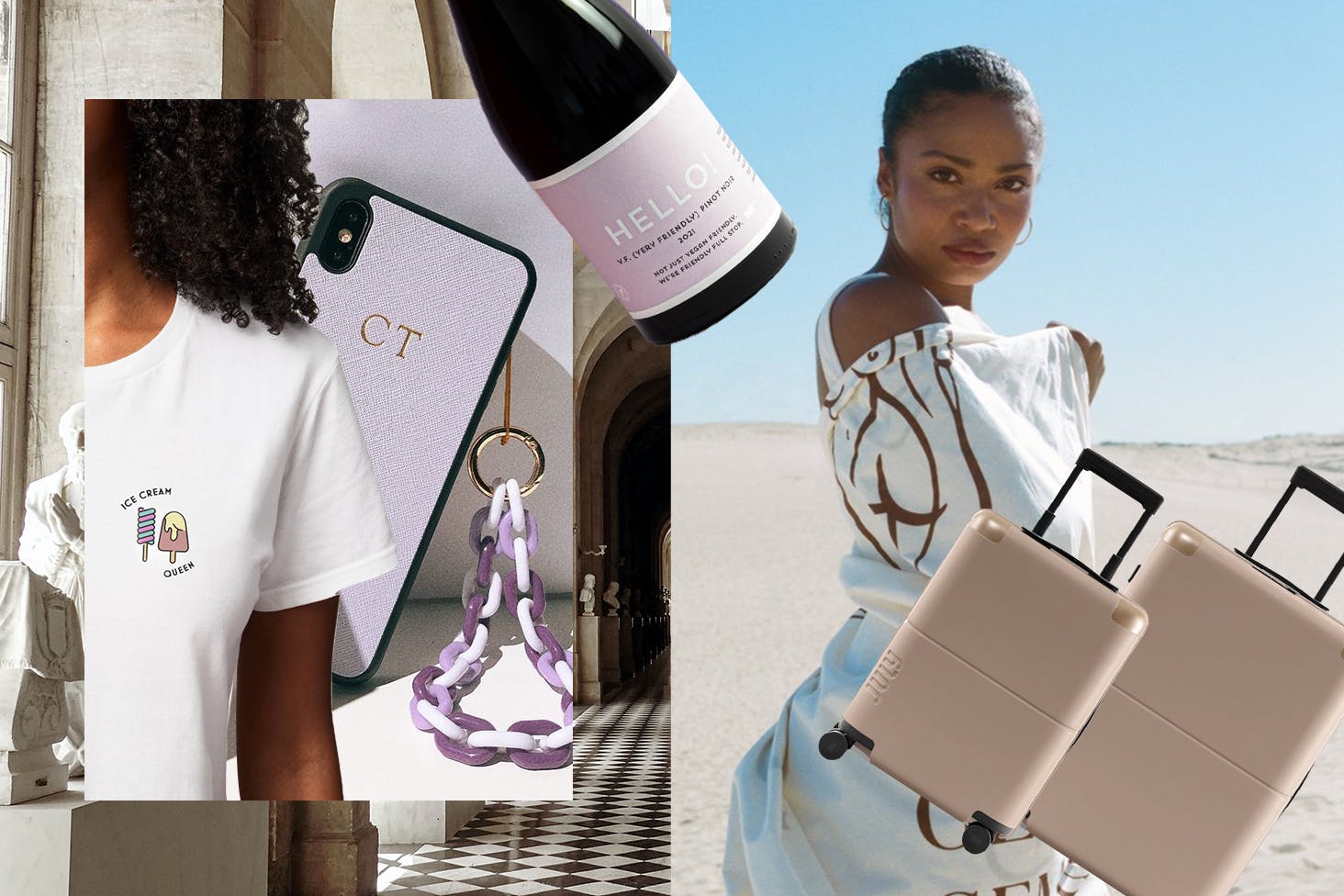
Win Christmas This Year With 10 Unique And Thoughtful Gifts

5 Of The Best Boozy Gift Ideas To Wrap Up This Valentine’s Day

Foodie Gifts: 20 Delicious Gift Ideas For Your Favourite Foodie
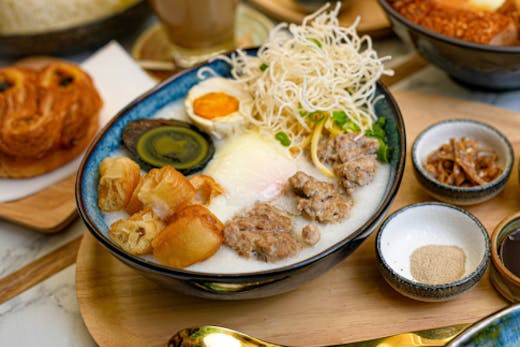
Plern
Whip out your notes app, because you’ll want to try the slurp-worthy noodles and mouth-watering curries at your new go-to Thai-slinging eating house, Plern.
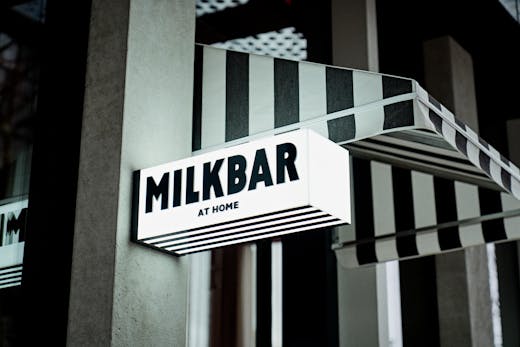
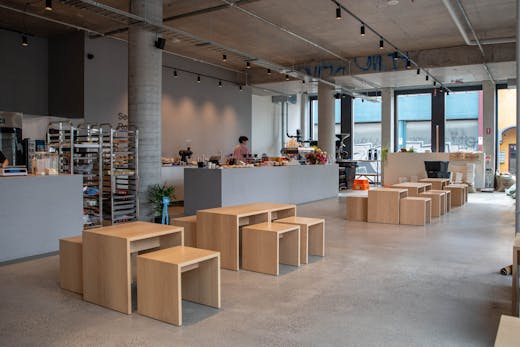
Secondipity Roasters
Mont Blanc lovers, prepare to bookmark this one for your next coffee date. Nestled amongst the Collingwood warehouse offices is Secondipity Roasters, a Korean-style micro roastery and bakery.
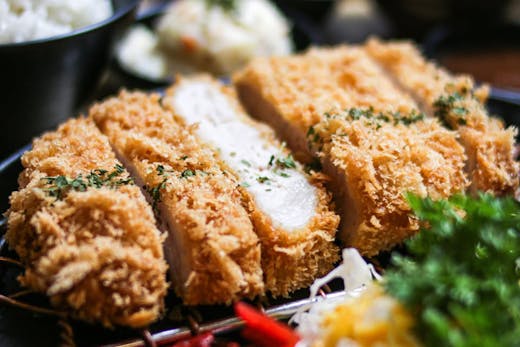
Katsuhon
Crumbed and deep-fried. Need we say more? Tucked away downstairs off Queen Street is Katsuhon is serving up six different kinds of mouthwatering and traditional Japanese katsu.
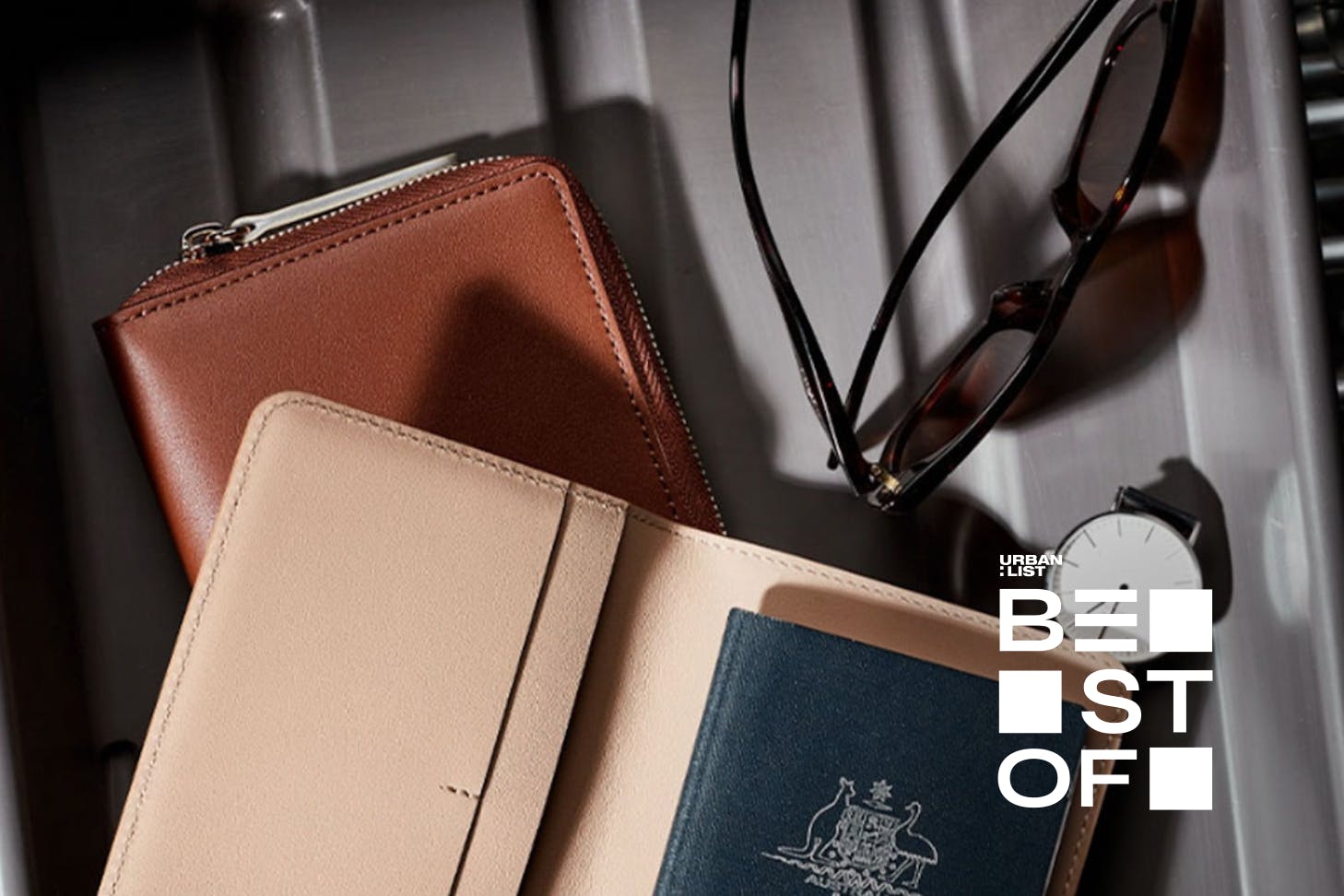
Gifts For Travellers: 22 Gift Ideas For The Frequent Flyer In Your Life
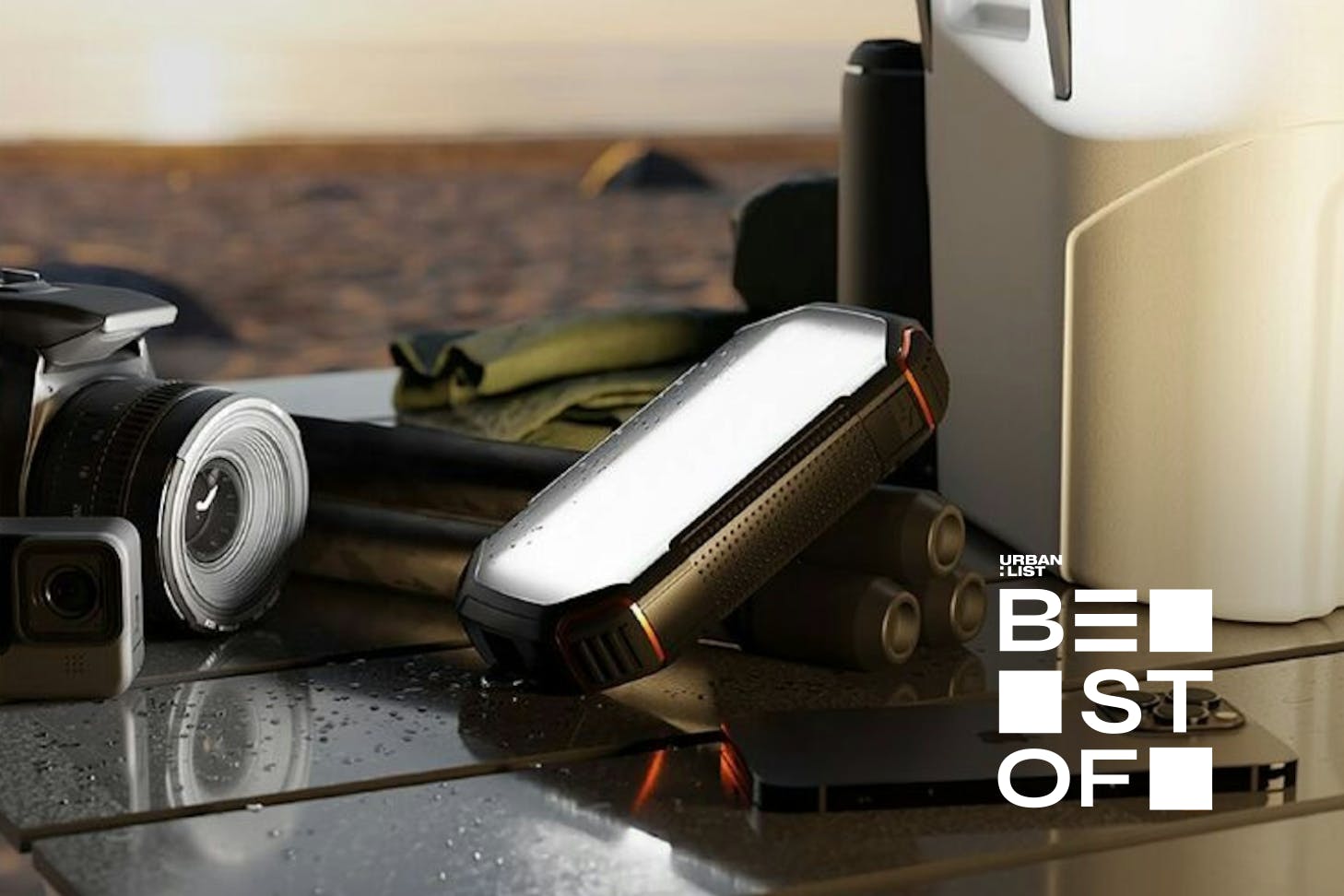
Outdoorsy Gifts: 21 Gifts For That Person Who’s Always Outside
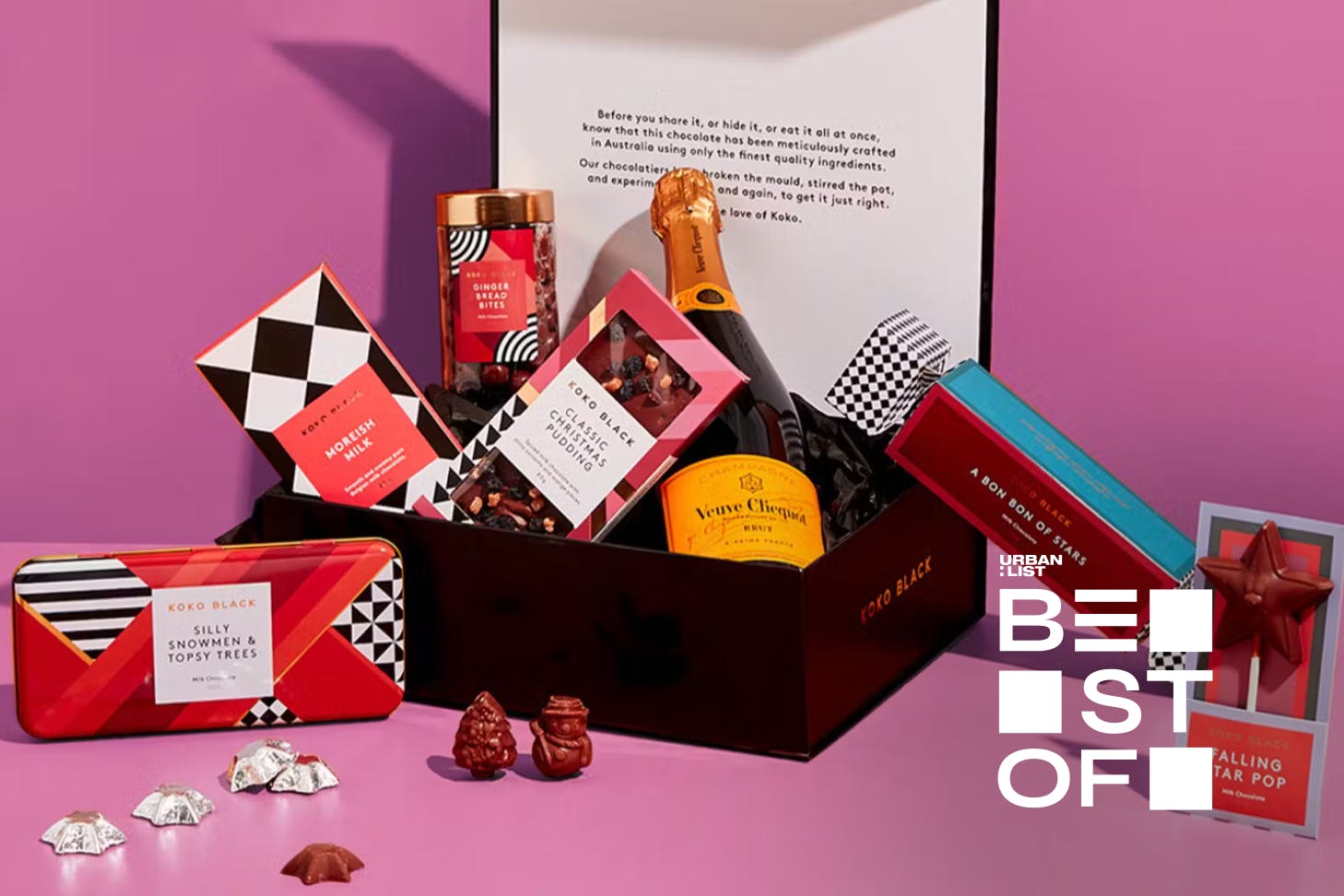
The Best Gift Cards To Buy When You Need A Last-Minute Present
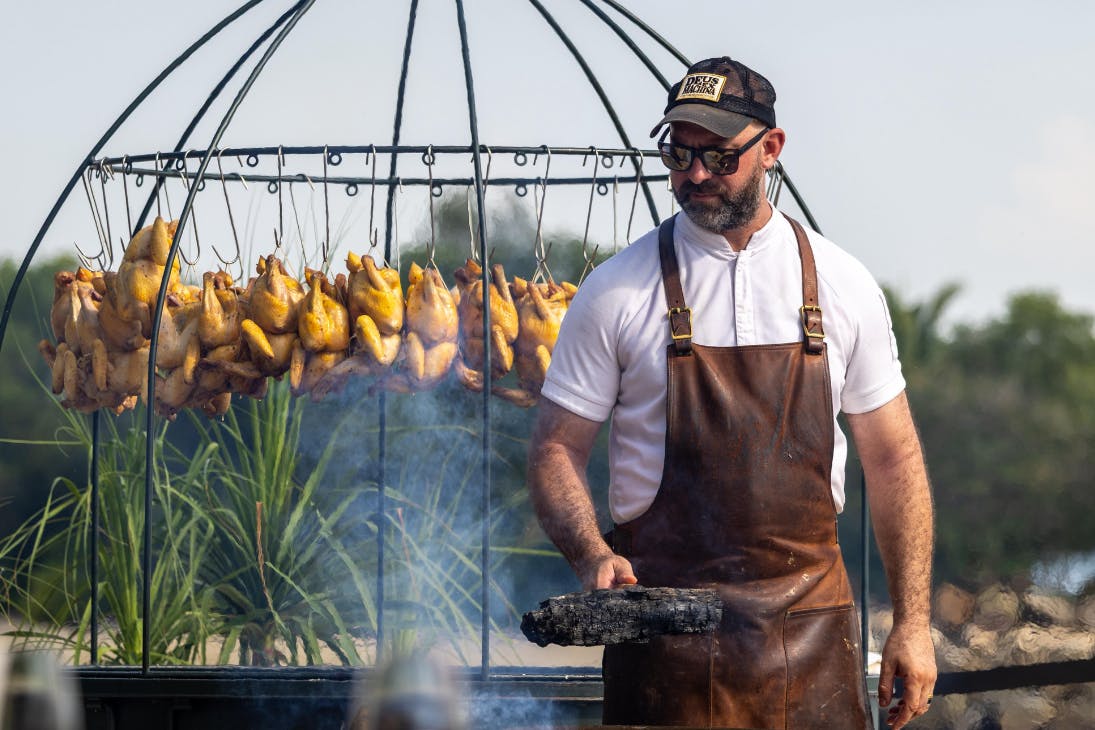
$5 Eats And Three-Star Stunners: Aussie Chef Dave Pynt’s Singapore In 48 Hours

The Feed | Say Hello To Your New Favourite Morning Market Matcha Danish
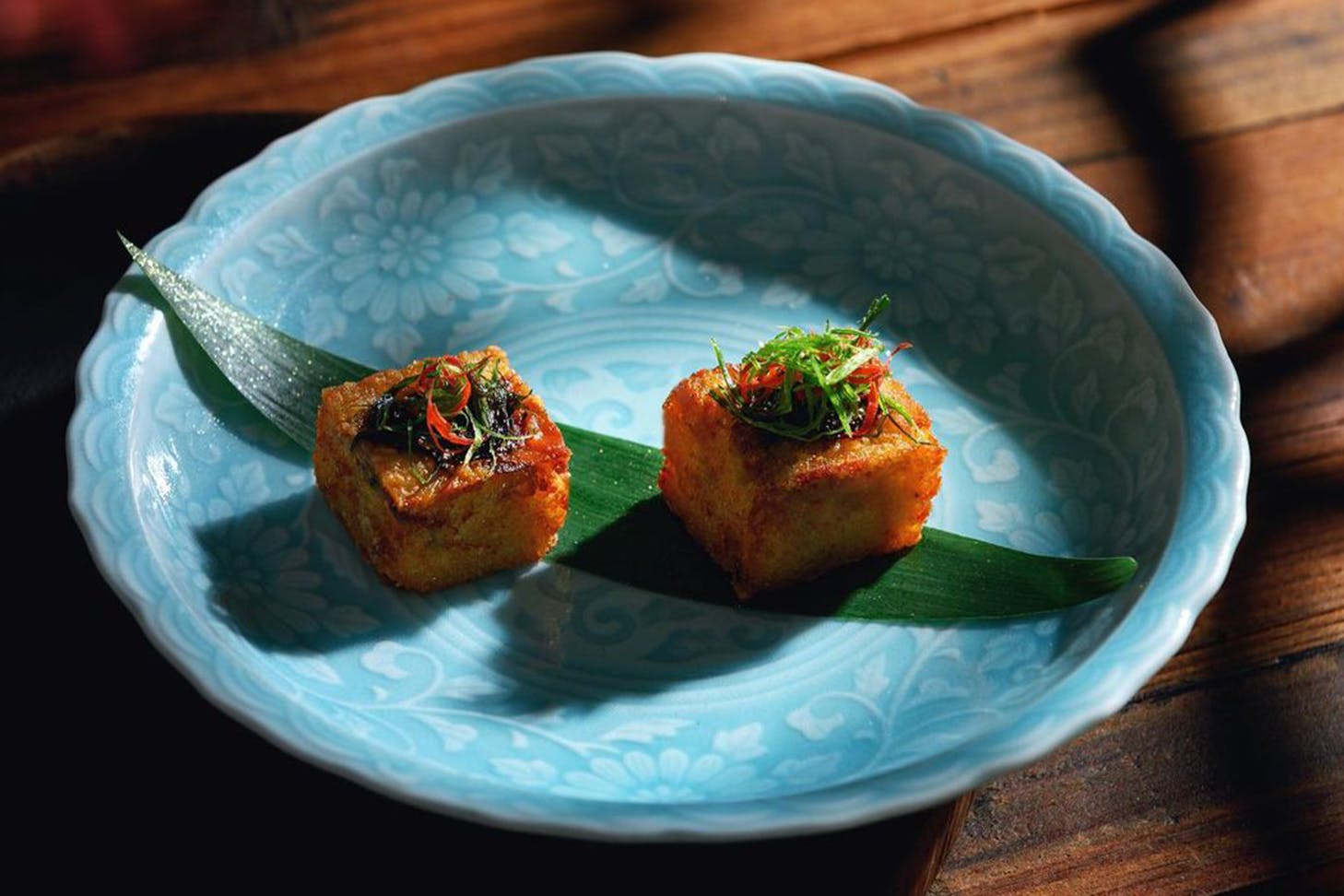
8 Awesome Reasons To Stopover In Singapore

Contiki’s Black Friday Sales Have Just Dropped With Top-Notch Deals From As Little As $2,210

All For Under $50: The Body Shop Has Your Secret Santas And Stocking Stuffers Sorted
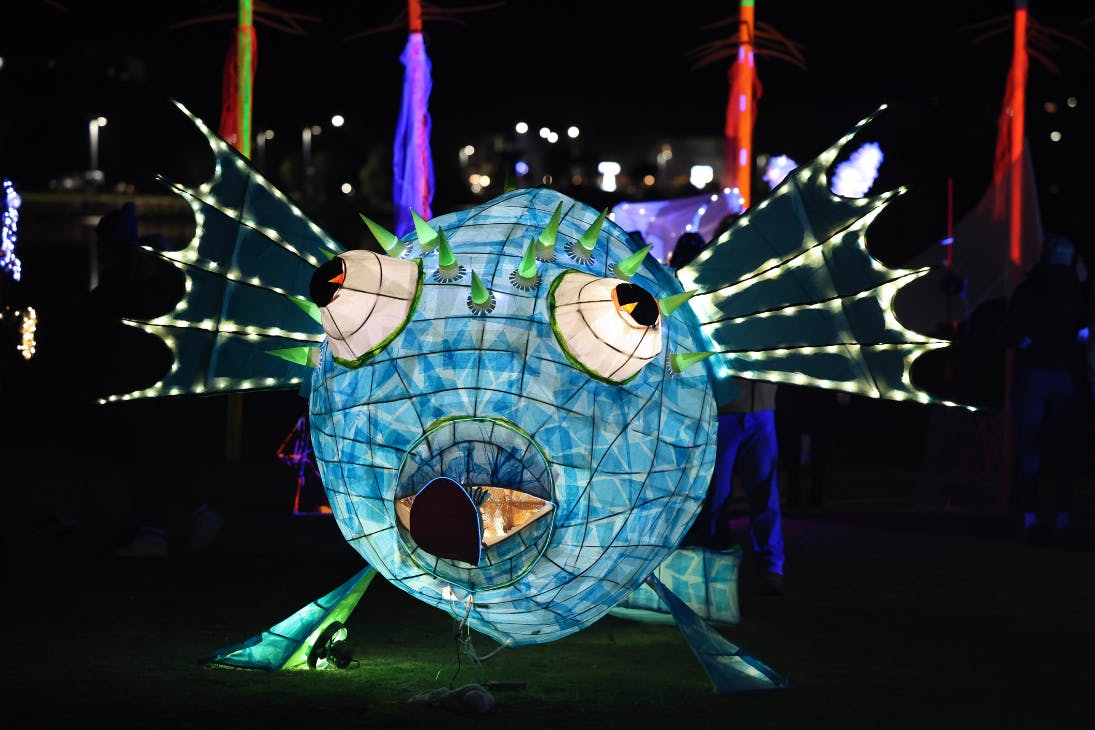
Add To Cal: Your Shortcut To Victoria’s Best Regional Events

Matty Fahd Swapped The City For The Country And Found The Magic In Slowing Down

Serenity Now: Just 20 Epic Places To Spend Your 2025 Summer Holidays

Say Cheese! The Best Places to Get Your Christmas Photos In Melbourne

Sweet Dreams Are Made Of These Limited-Edition Dubai Choc Cinnamon Buns And Loaded Croissants
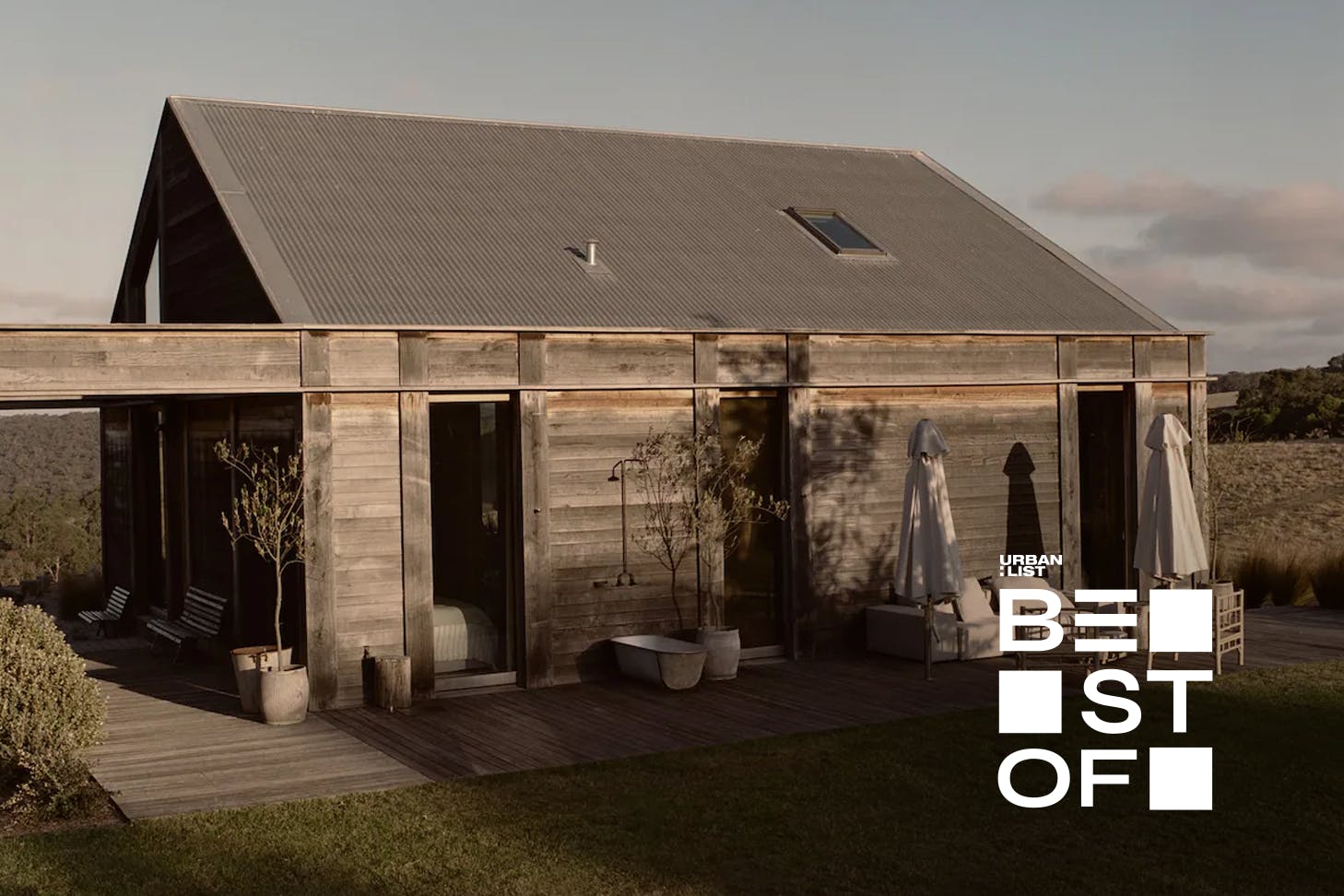
14 Of The Best Large Group Stays In Victoria To Inspire The Crew
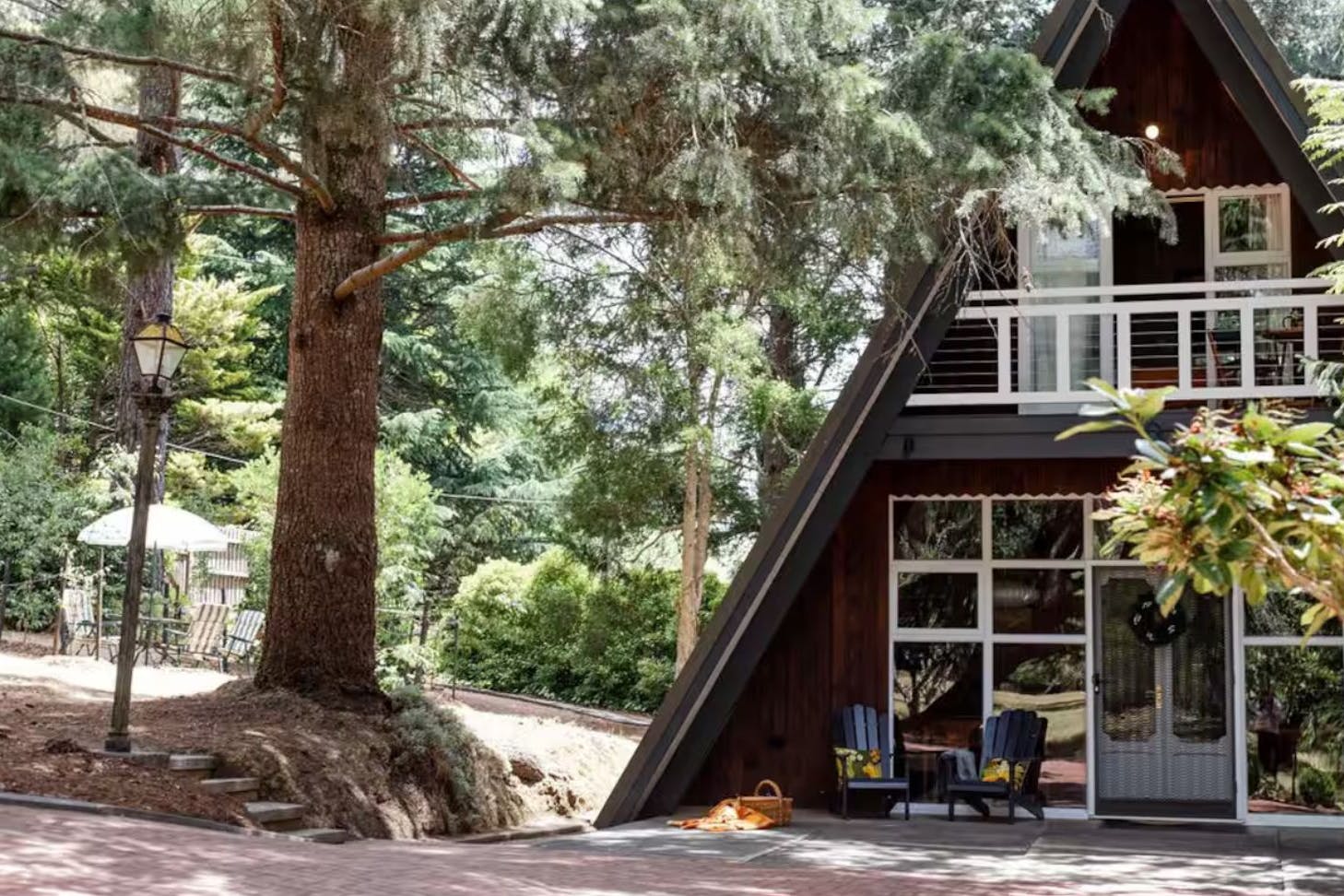
17 Of The Best Daylesford Stays For Dreamy Getaways In 2025
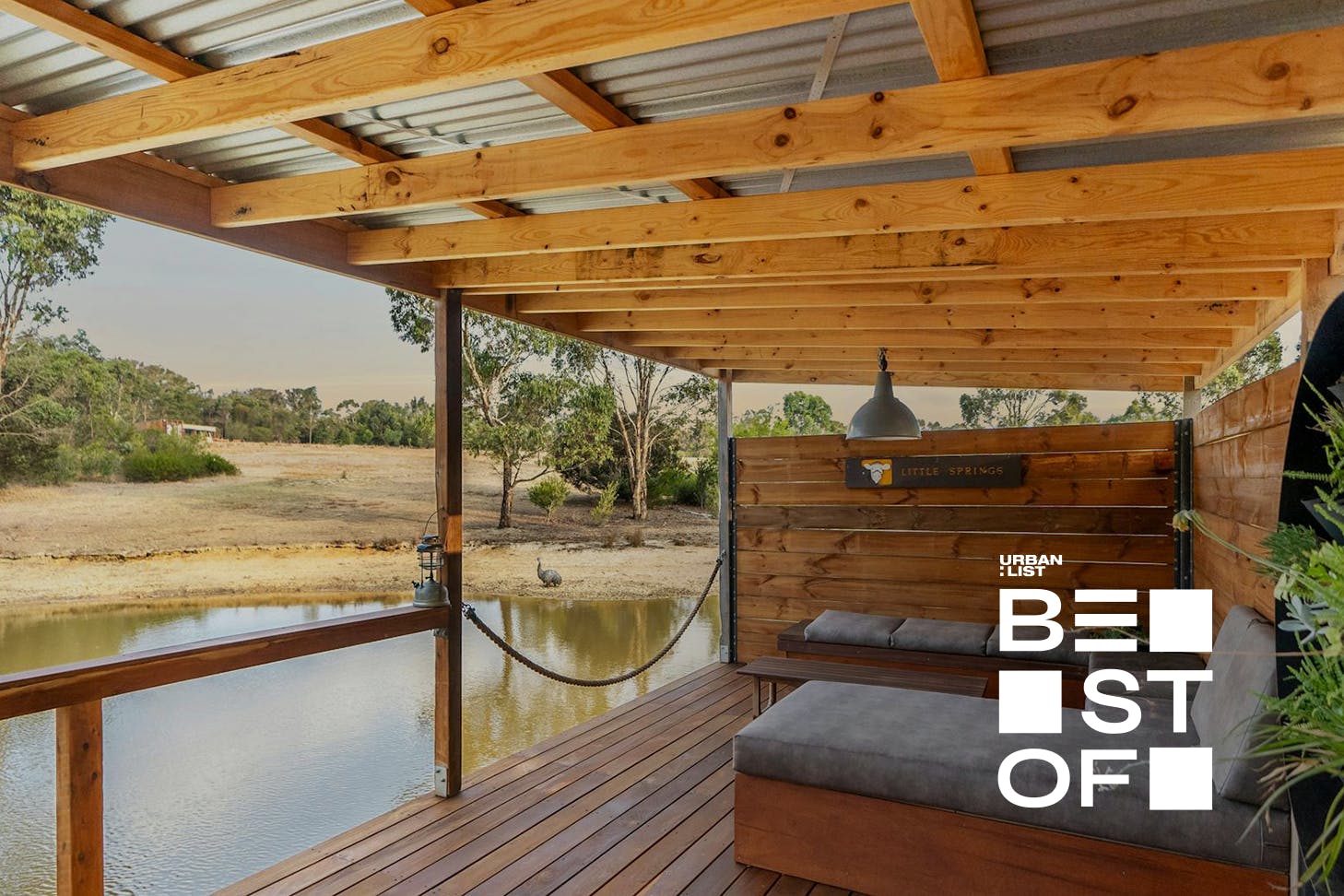
16 Of The Best Pet-Friendly Stays In Victoria For You And Your Dog
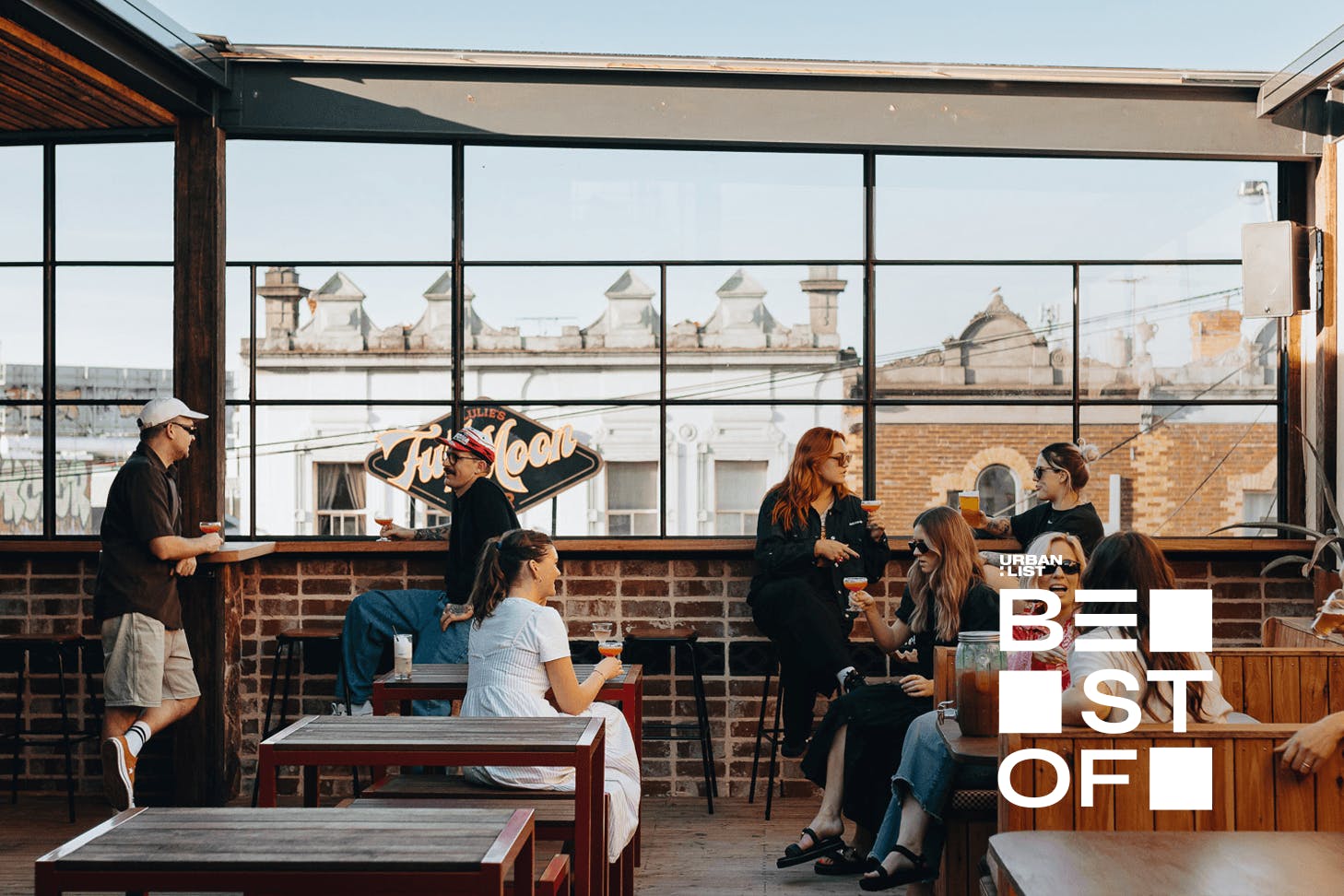
The Best Rooftop Bars In Melbourne (2025 Edition)
.jpg?auto=format%2Ccompress&fit=crop&ar=3:2&w=340 340w)
The Waterside Hotel Is Set To Open This Weekend, Here’s What You Need To Know

Brunswick Picture House Melbourne: Coming Soon, Program Highlights, And How To Get In

PSA: Perth Festival’s 2026 Lineup Is So Good It’s Worth A Trip Out West
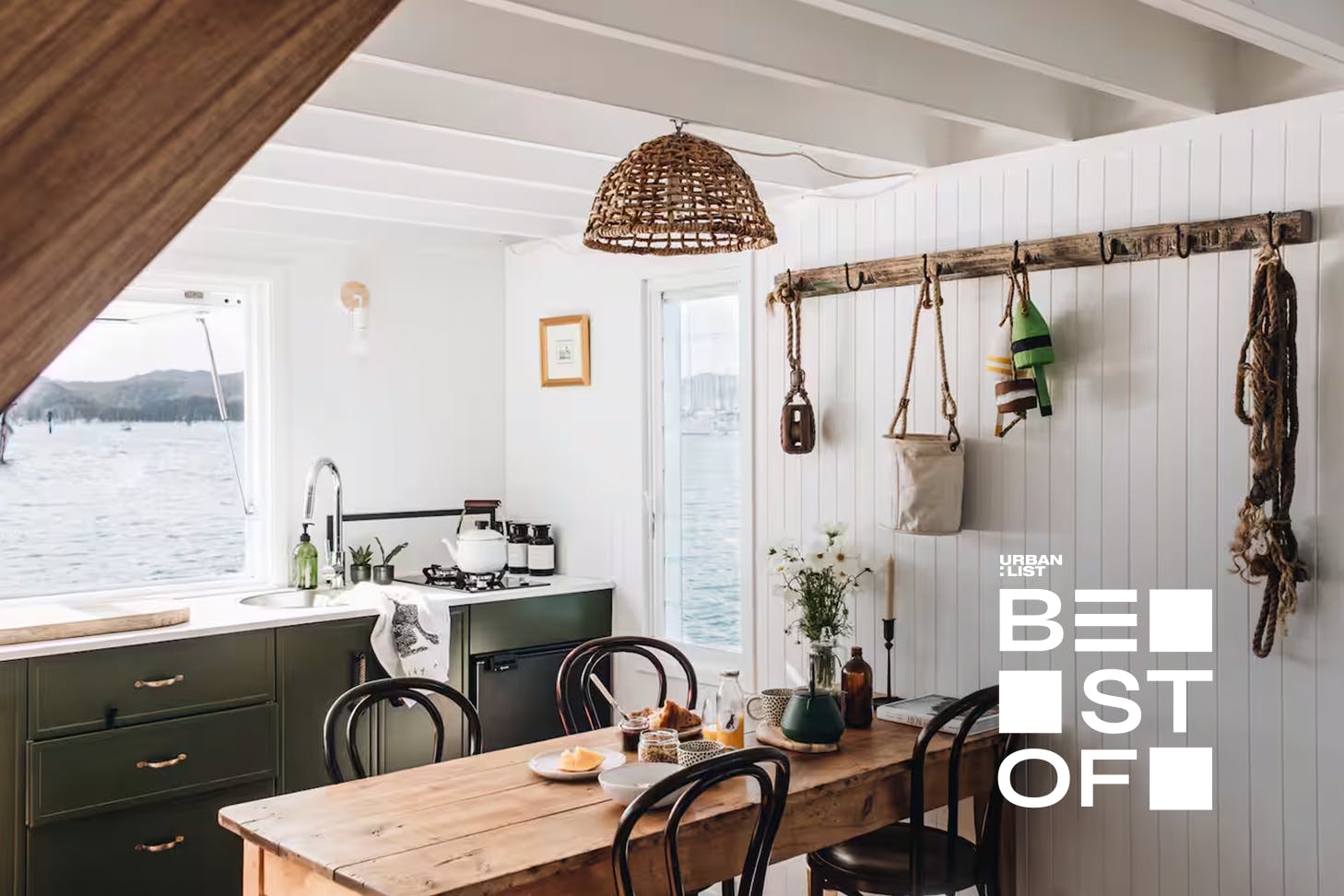
57 Of The Best Places To Stay In 2025 According To Our Travel Editor

Menulog Is Shutting Down In Australia—Here’s What You Need to Know

Iconic Prahran Corner Pub Set For Massive Glow-Up & A Little Nod To Ralph Lauren

Grammy-Nominated Rockers Amyl And The Sniffers Are Playing A Free Gig At Fed Square This Friday

$18 Margs And High Tea: Your One-Stop Guide To Spring In The CBD

Sydney’s Hospo Legends On The Importance Of Community
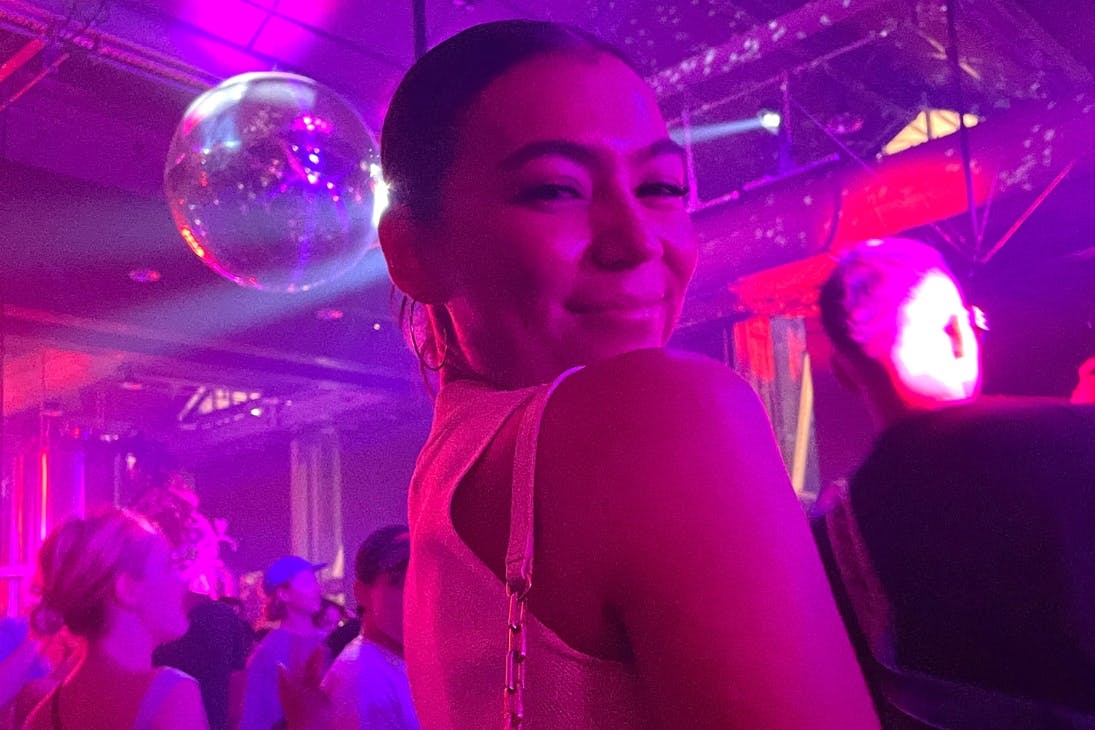
The New Nightlife Rule: Why We’re Ditching Screens For Real Connection

Why A Disney Cruise Is The Best Place To Celebrate The Holidays At Sea

The Best Events In Regional Victoria To Lock In For Your Spring Getaway

39 Of The Best Netflix Documentaries To Watch In November 2025

It’s Crunch Time: 13 Of The Best Croissants Melbourne Is Pulling Hot From The Oven

52 Of The Best Shows And Movies On Disney Plus Australia (November 2025 Edition)

71 Of The Best Movies On Netflix Australia To Stream Tonight (November 2025)
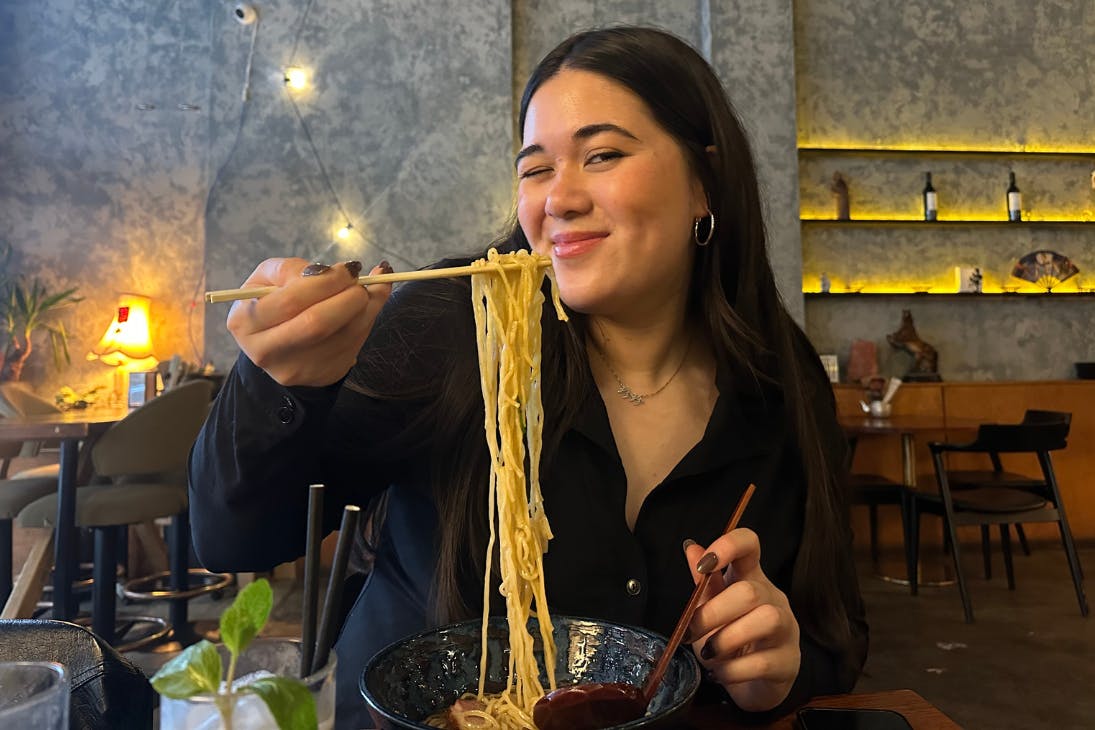
Japanese Kokedama, Whisky Tasting And Exclusive Eats—Clear Your Calendar For These Curated Crawls

Cirque Du Soleil Is Returning To Australia In 2026
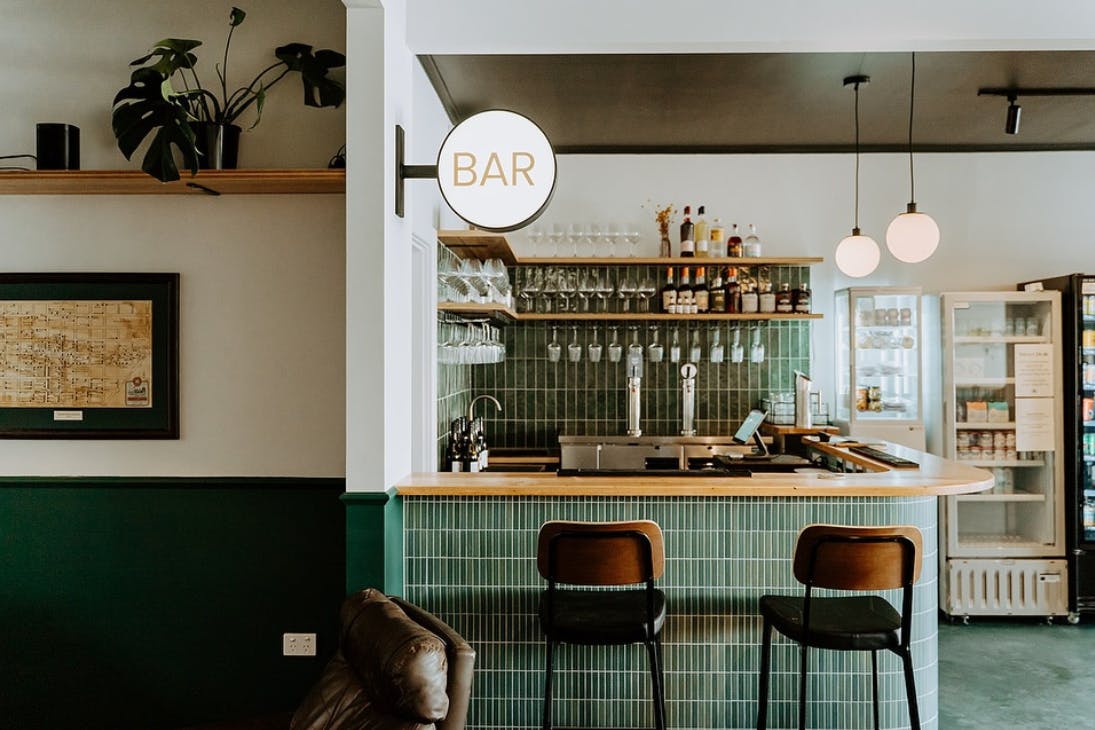
Vanilla Slice And Award-Winning Salami: Where To Eat And Drink In The Goulburn Region
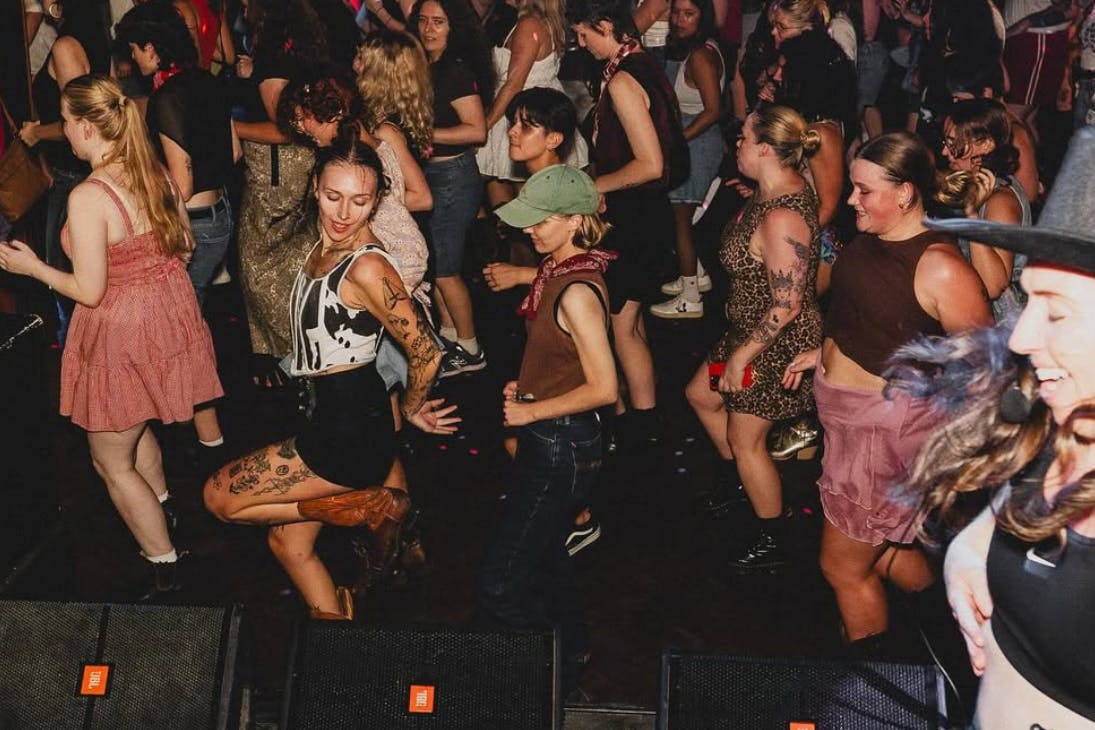
Dusty Boots And Disco Balls: What’s Behind Australia’s Country Comeback?

Melbourne Summer Weather 2025-26: Forecast, Tips And What To Expect

8 Limited-Time Deals In Singapore You’ll Want To Book ASAP
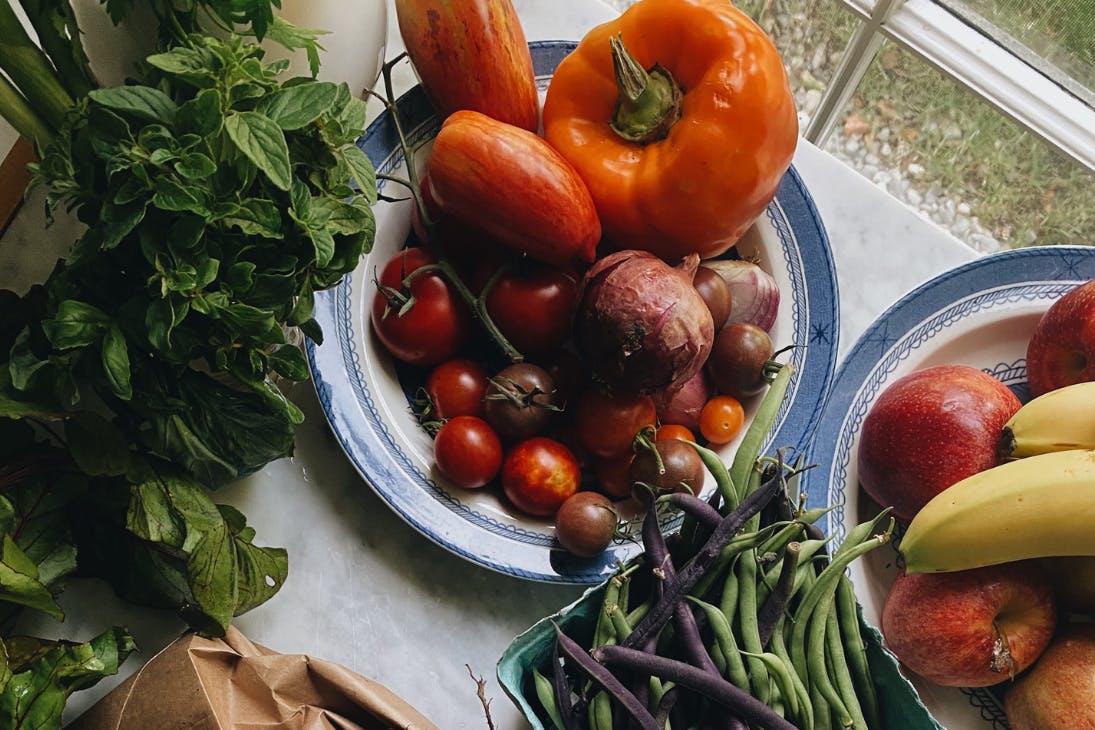
Feeling Gross About Your Food Scraps? This Is How Our Team Reduces Waste In The Kitchen

Christmas Sorted: The Ultimate Guide Gifting Something Special To Everyone On Your List
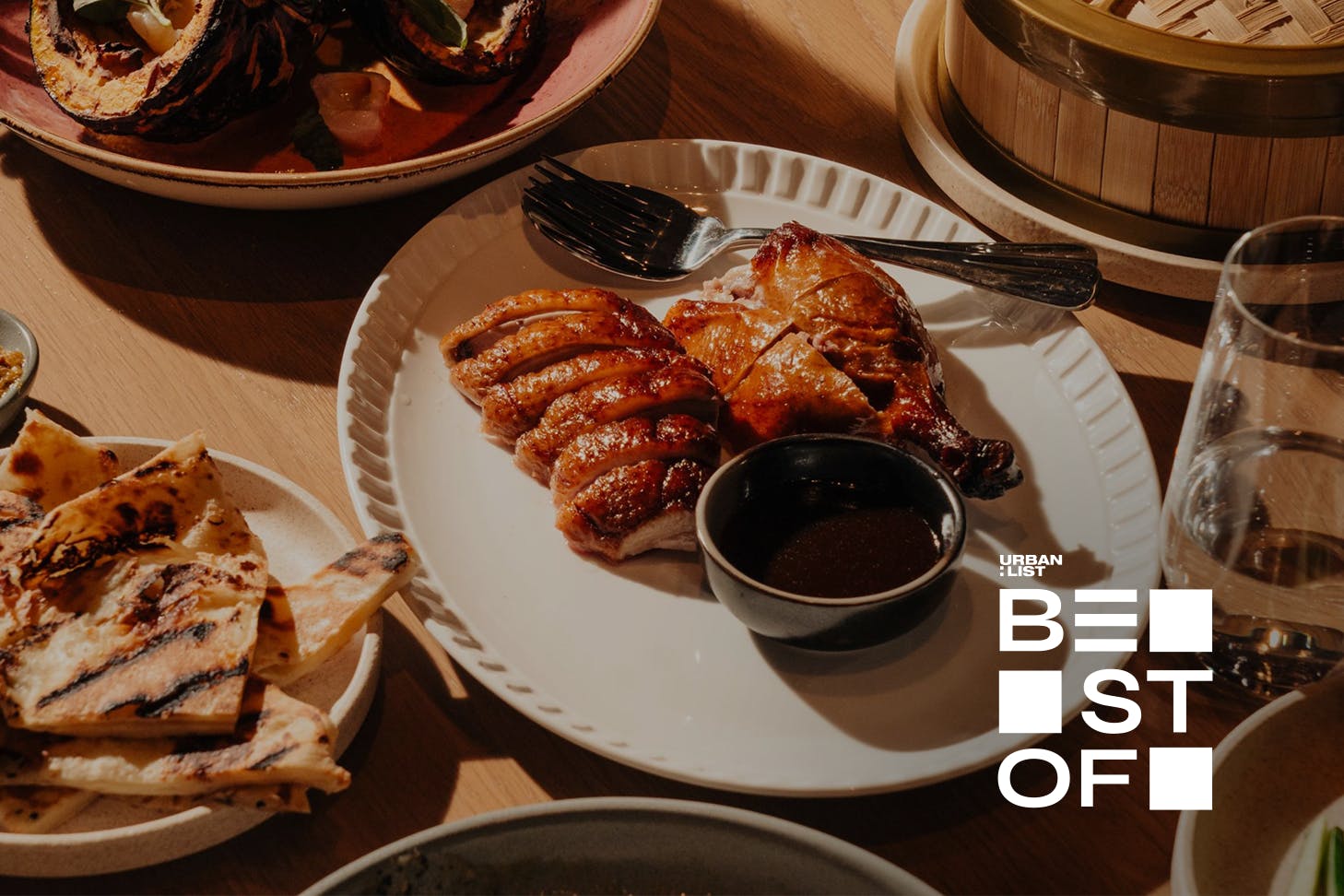
2025 Hit List: The Best Restaurants In Melbourne CBD
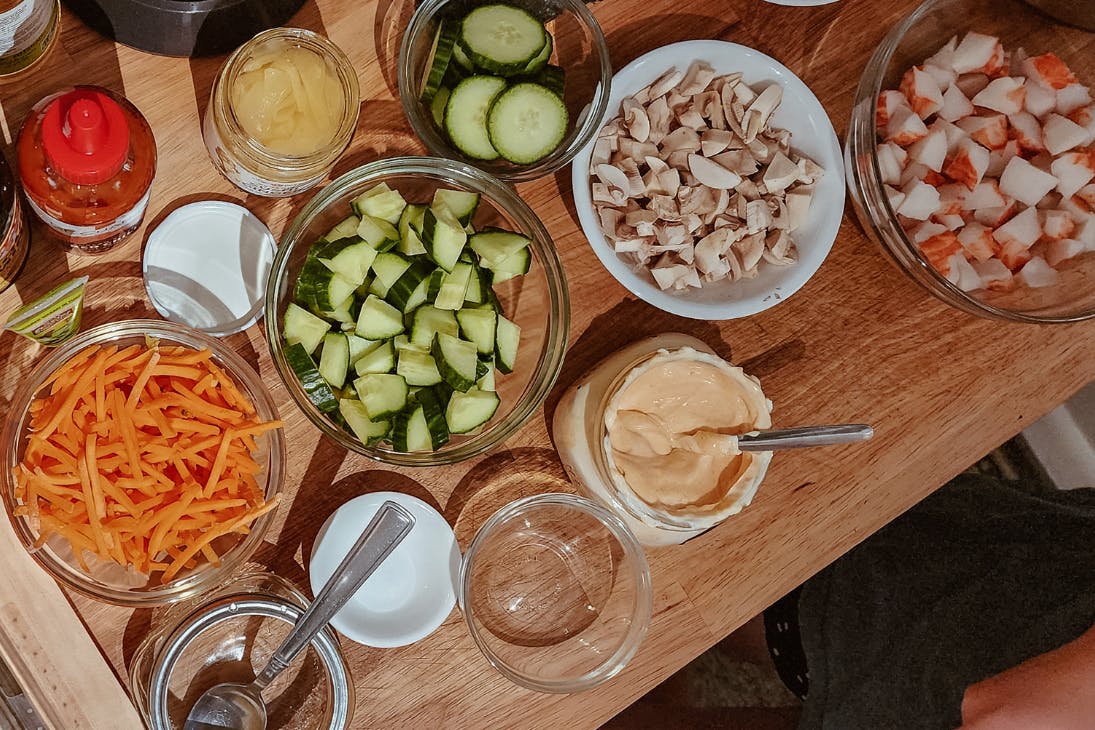
From Stale Bread To Sad Veggies: 5 Recipes To Help You Cut Down On Food Waste At Home
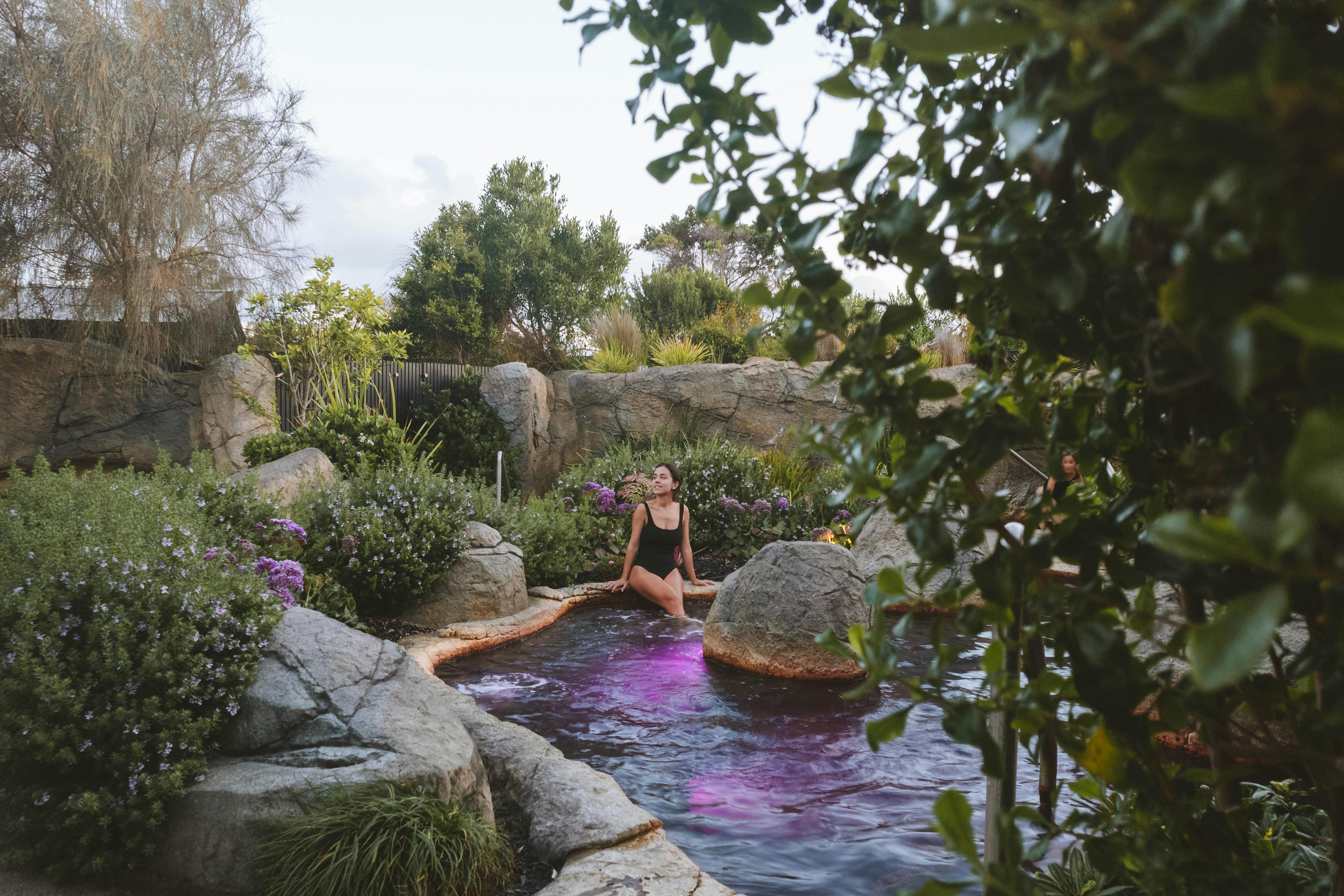
City News: Flixbus (Hello Euro-summer) Are Launching In Melbourne With $10 Interstates Fares
.jpg?auto=format%2Ccompress&fit=crop&ar=3:2&w=340 340w)
Is There An Ethical Way To Eat Meat? This Aussie Company Reckons So…

Keli Holiday’s New Record Capital Fiction Will Reintroduce The Loved-Up Rockstar To The World

The Ultimate Guide To Designing A Trending Kitchen That Matches Your Vibe In 2025

Kenny Corner Fave The Doot Reopens After Massive Glow-Up

Formula 1 Exhibition Melbourne 2025: Opening Date, Tickets And What To Expect
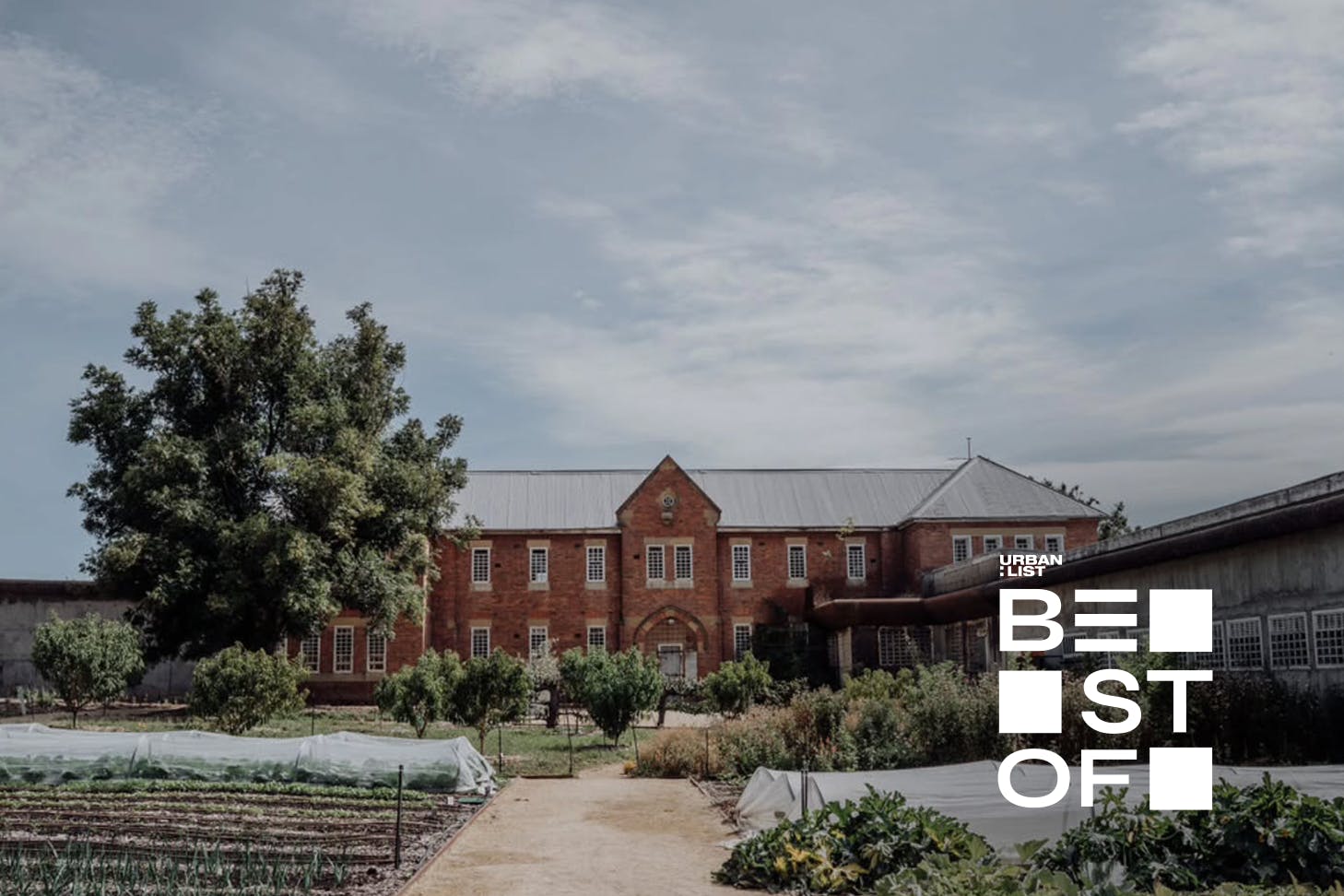
21 Of The Best Things To Do In Tasmania This Spring
.png?auto=format%2Ccompress&fit=crop&ar=3:2&w=340 340w)
It’s Time We Expected More From The Brands We Love—Here’s Why
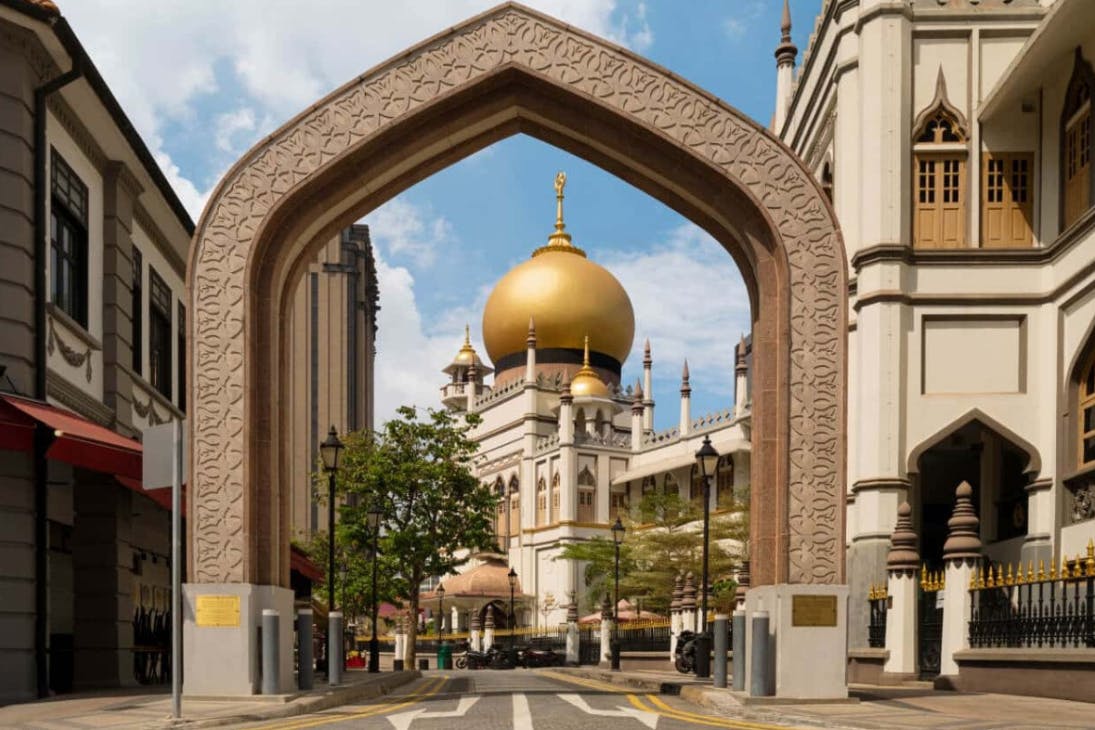
Postcards From Singapore: The Time-Savvy Traveller’s Guide To The Lion City
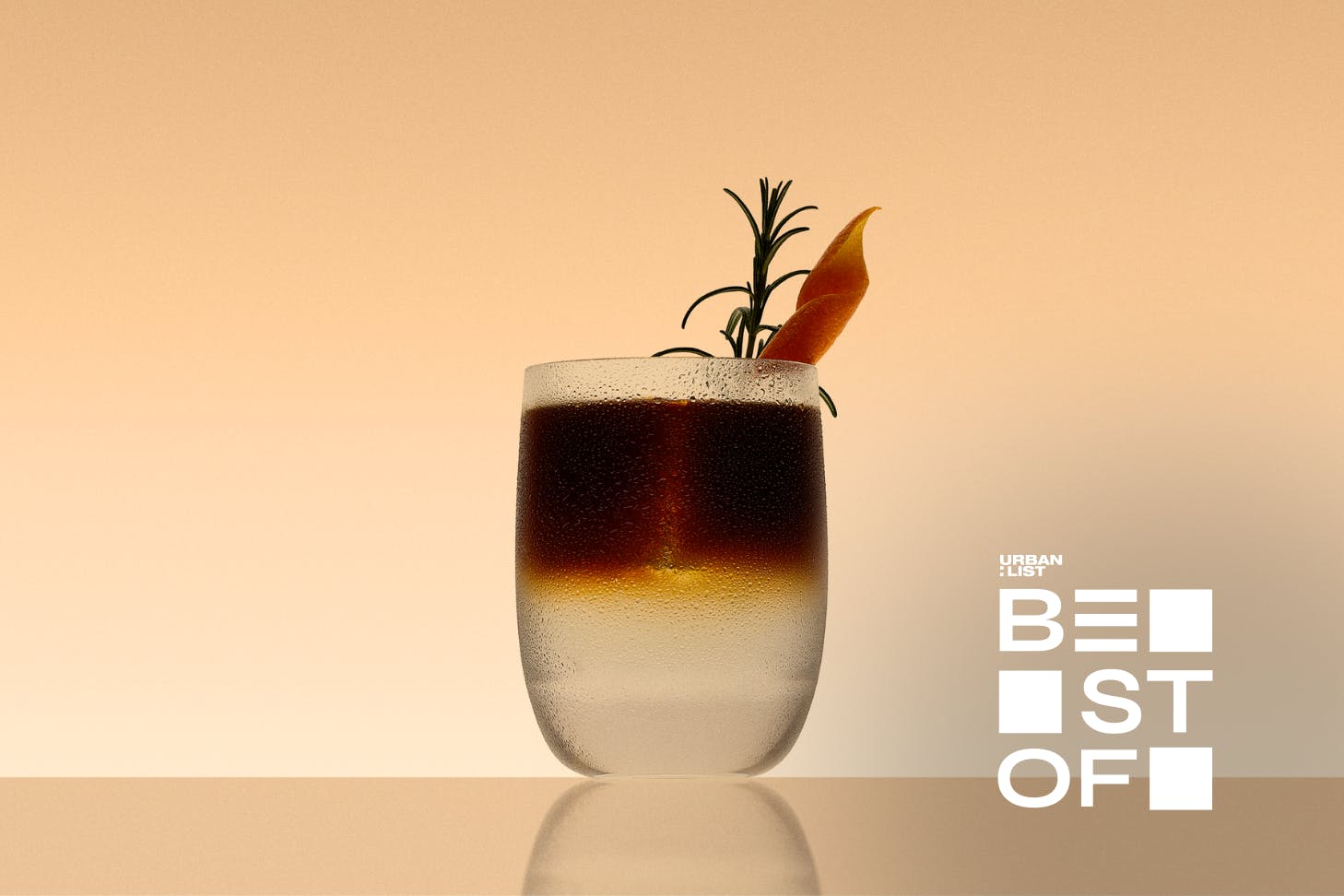
Score Your Morning Coffee For Just $1.47 At The Ninja Pop-Up Café
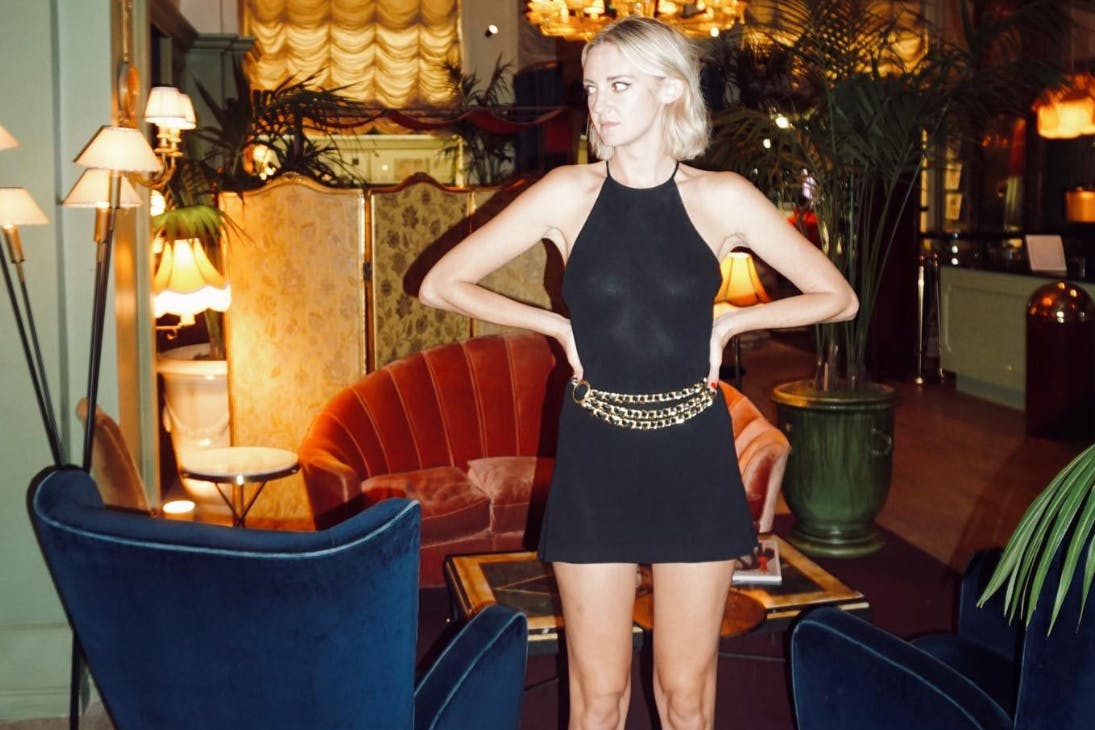
Antiquing And Baked Apples: How Talent Manager Em Mannswirth Unwinds In New York State

Eat Like a Vegan Rockstar: Tropical F* Storm’s Fiona Kitschin Shares Her Melbourne Vegan Hit List
.png?auto=format%2Ccompress&fit=crop&ar=3:2&w=340 340w)
A Lick Of Paint & A Complete Concept Overhaul For Toddy Shop, Tropp Reckons
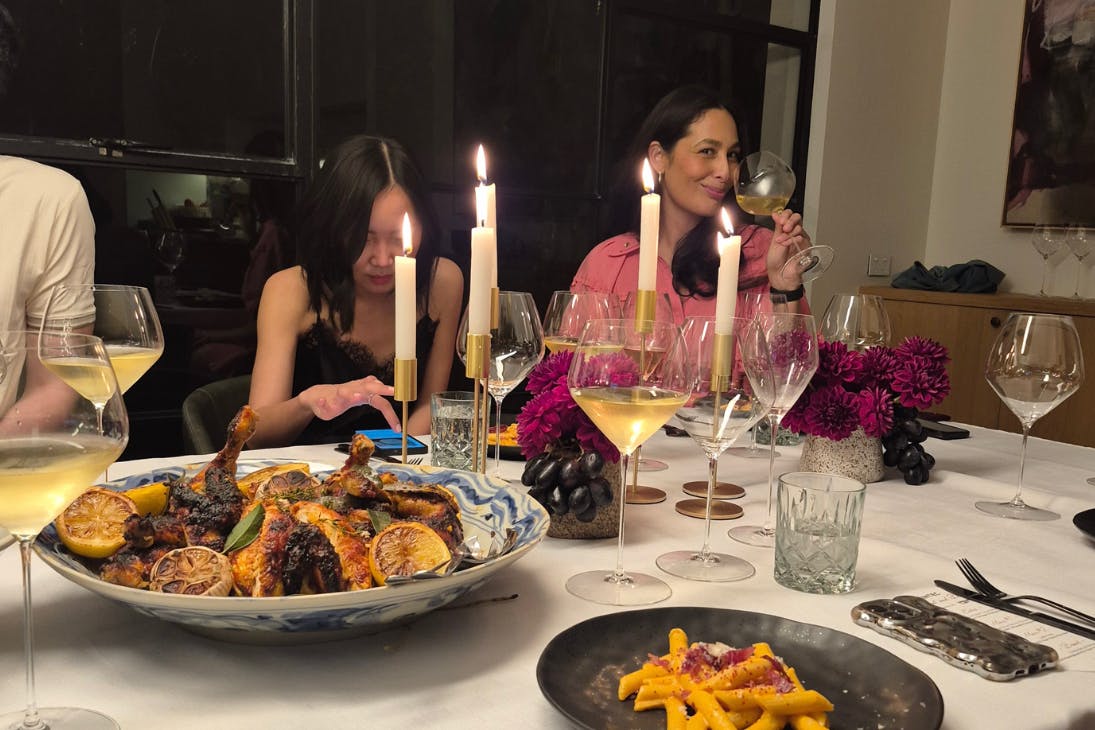
Here’s How You Could Host A Decadent Dinner Party With A Professional Chef And Sommelier
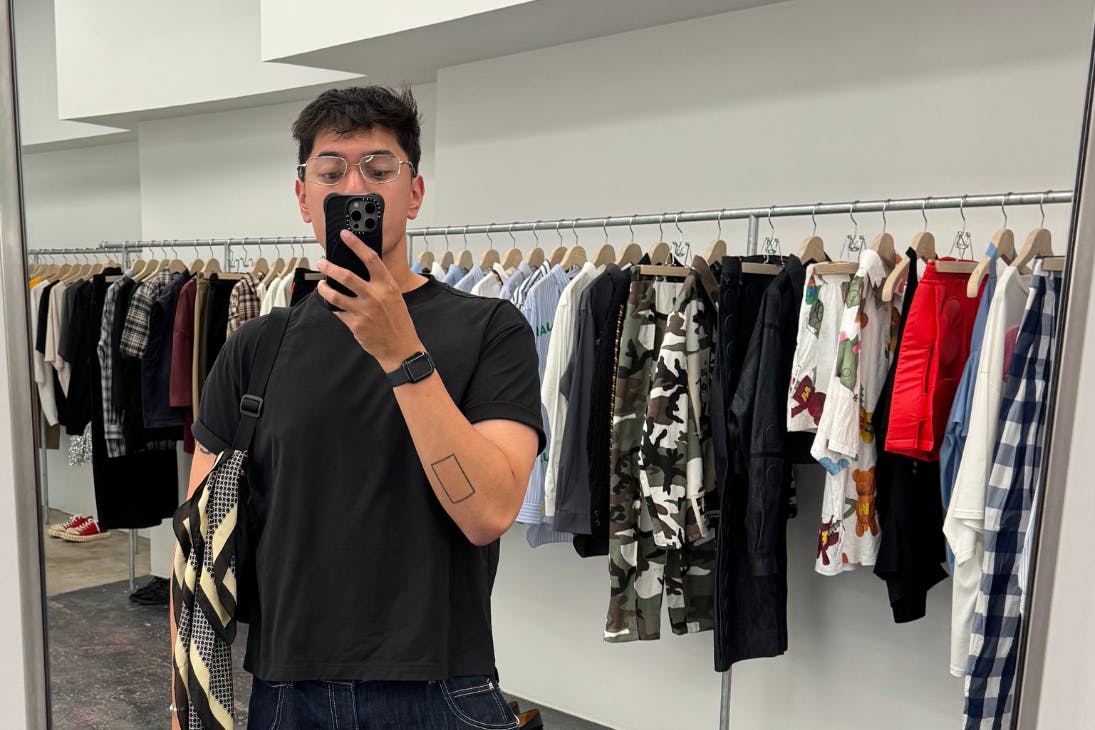
Conscious Consumption: How To Shop Your Values, According To Our Team
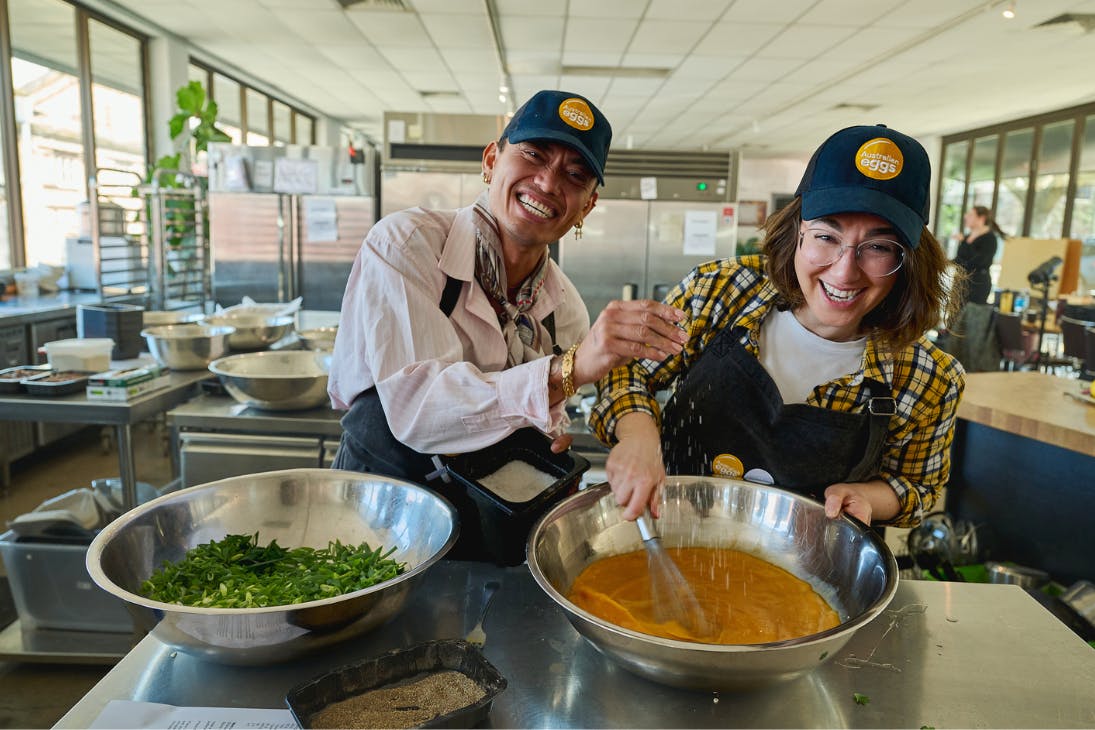
Crack Into These Egg-Fuelled Recipes Making Positive Change This October
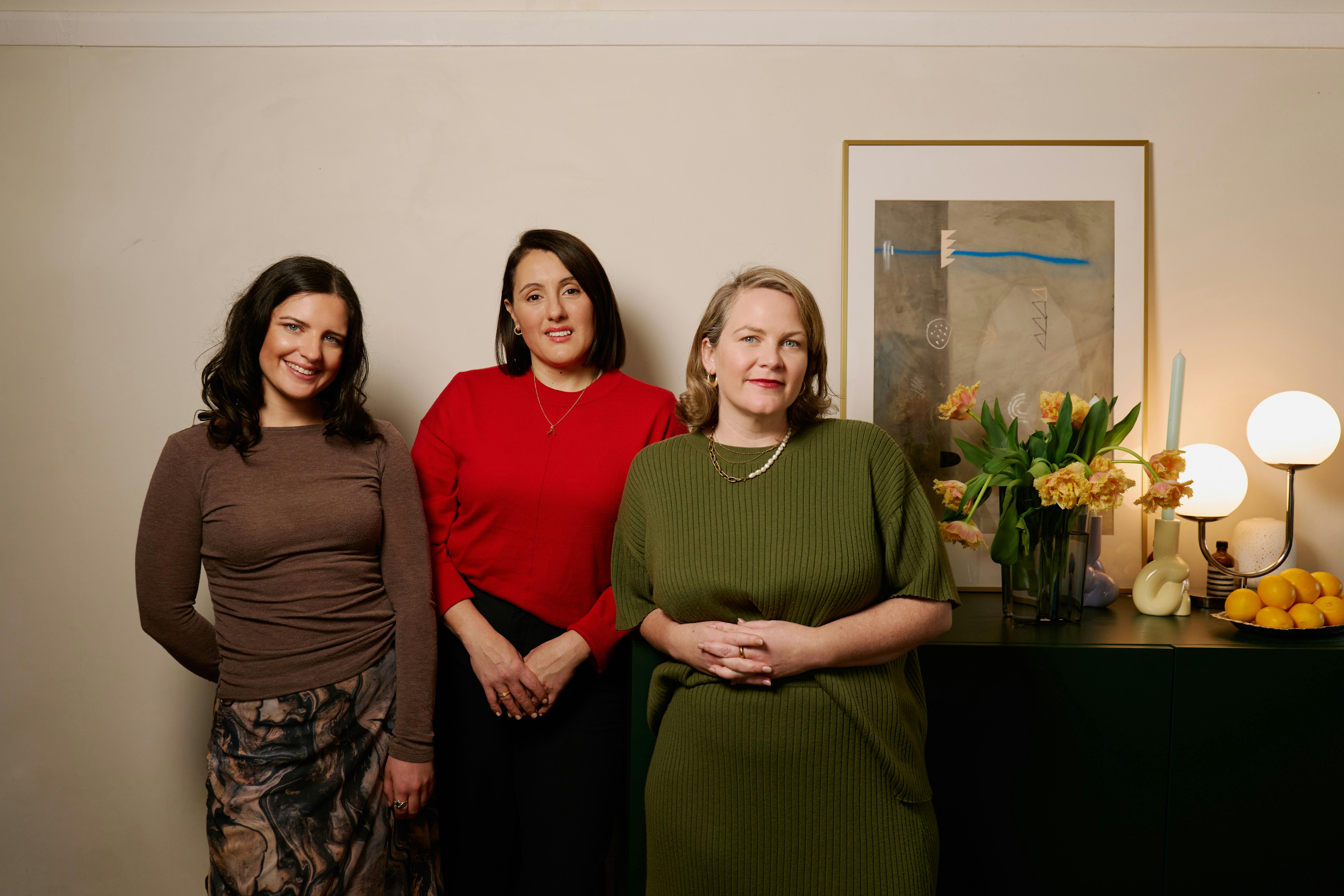
Brunswick East’s New Public House Is Almost Here & Their Flatbread Has Caught Our Eye
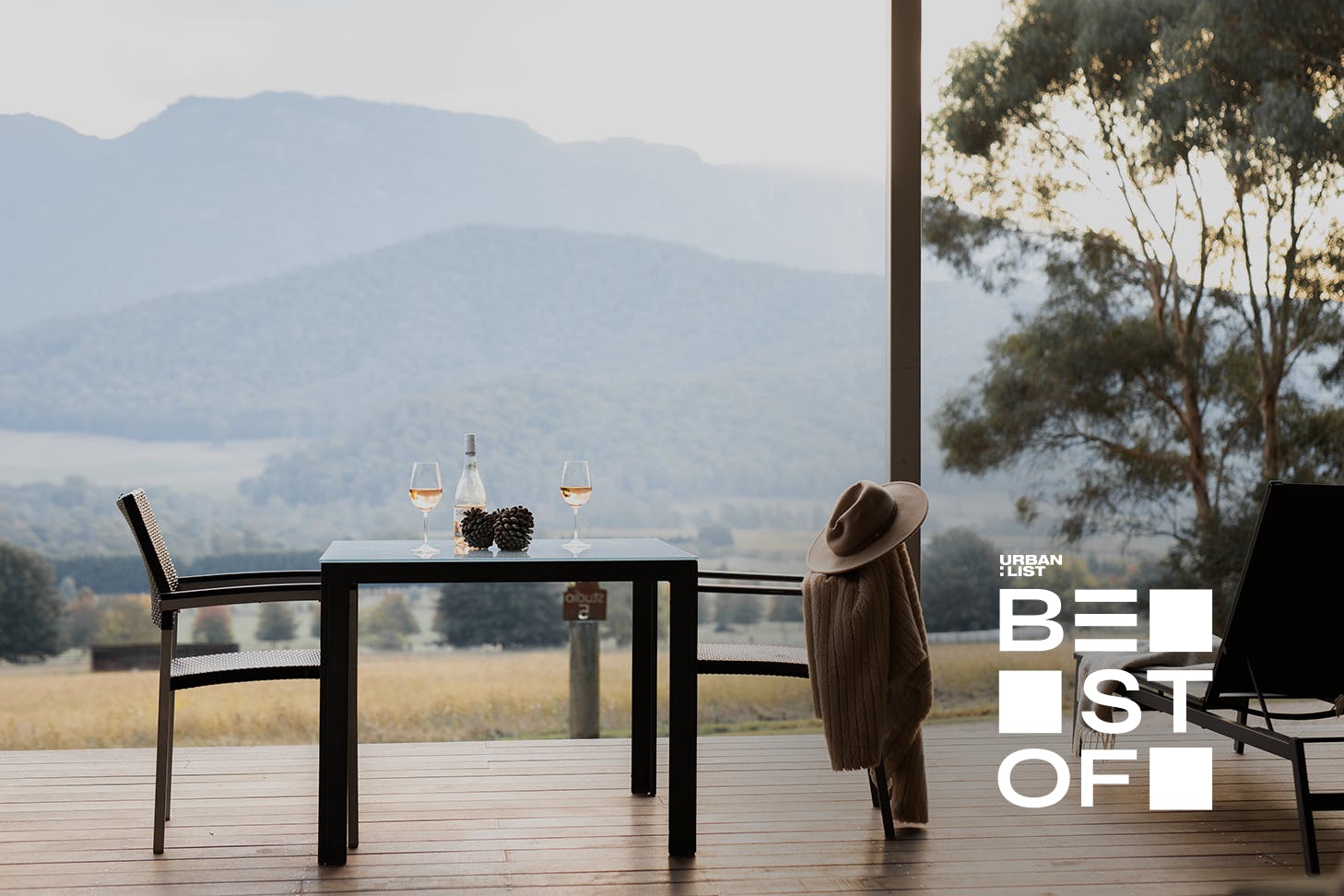
24 Romantic Getaways In Victoria That Are Simply Swoonworthy
_(1).jpg?auto=format%2Ccompress&fit=crop&ar=3:2&w=340 340w)
New In Town: The Neighbourhood Chicken Shop Is Back & This Westside Spot Has Nailed It
